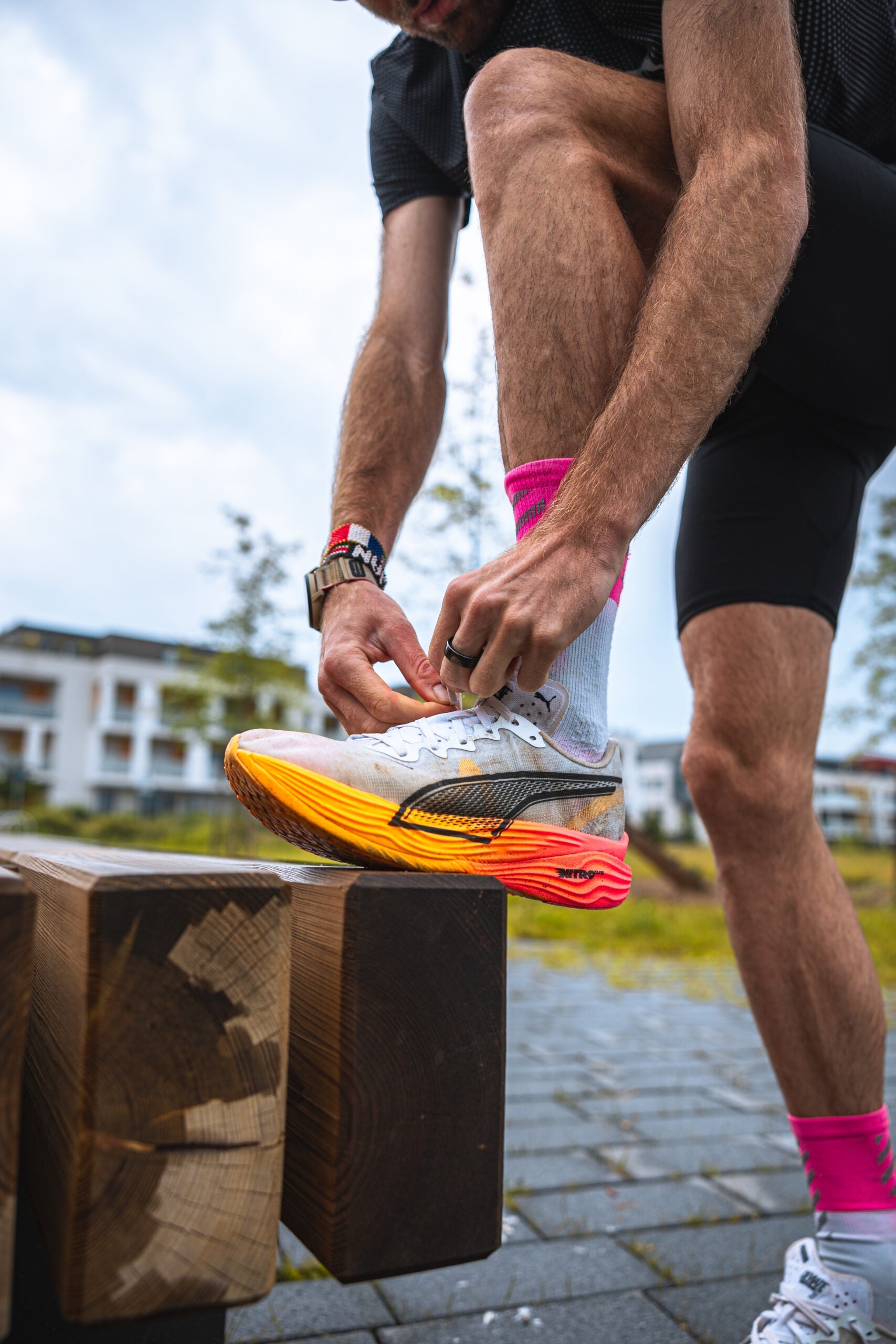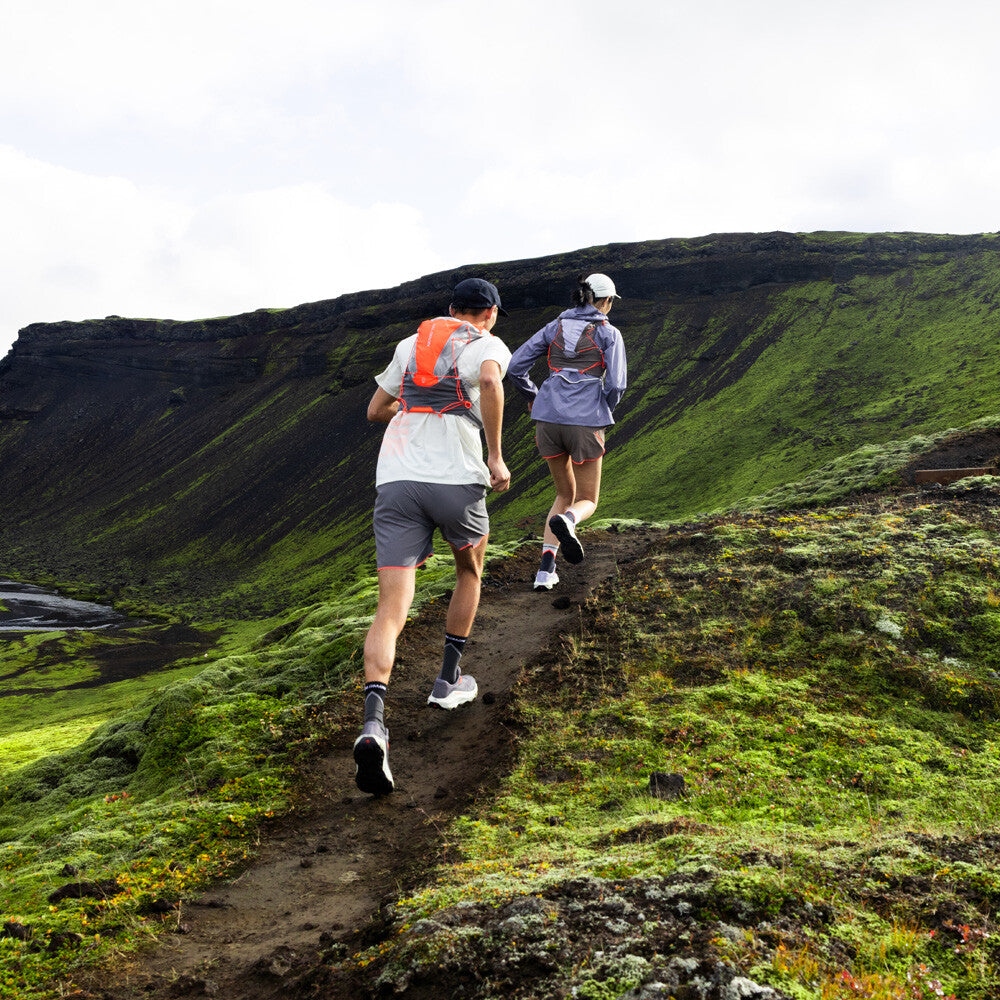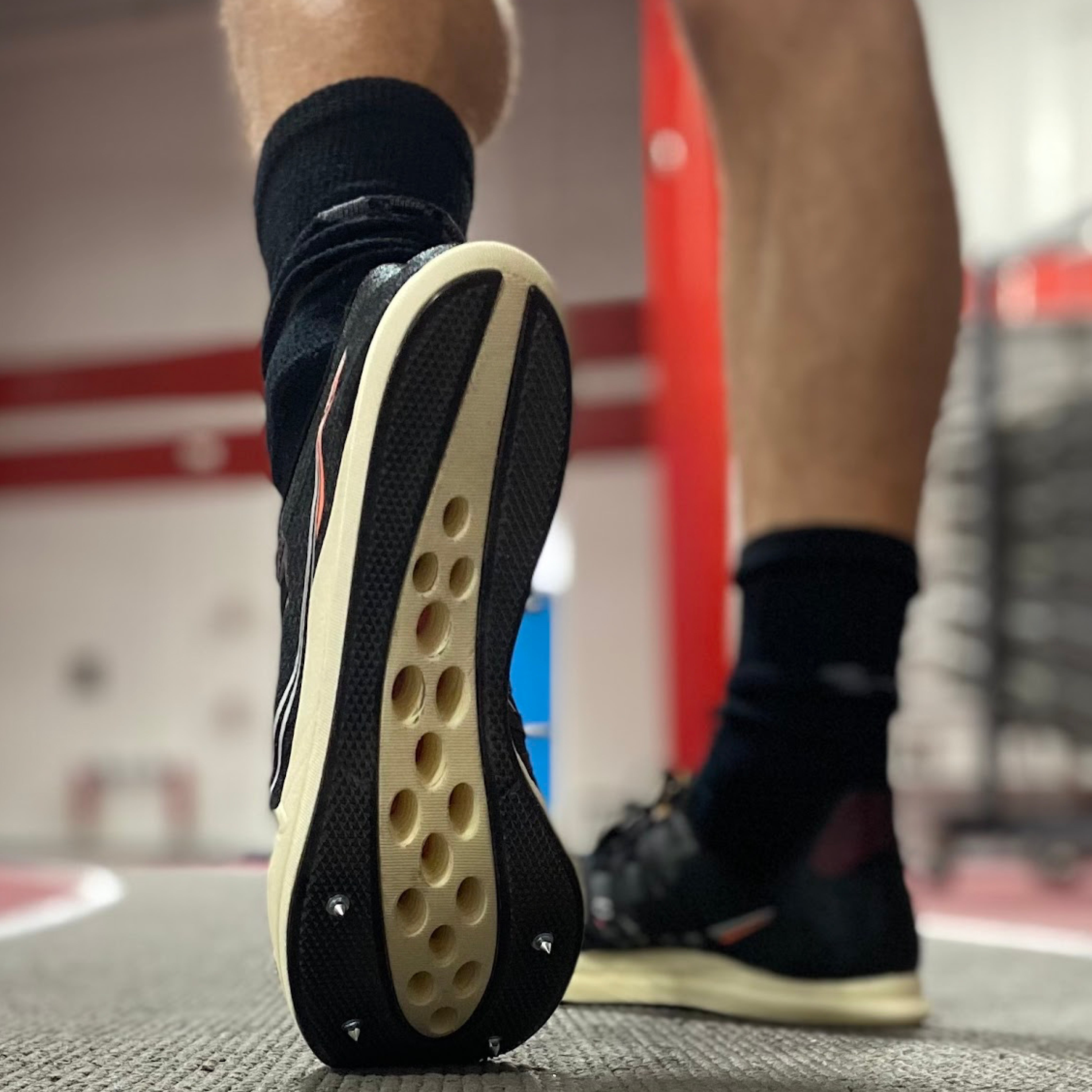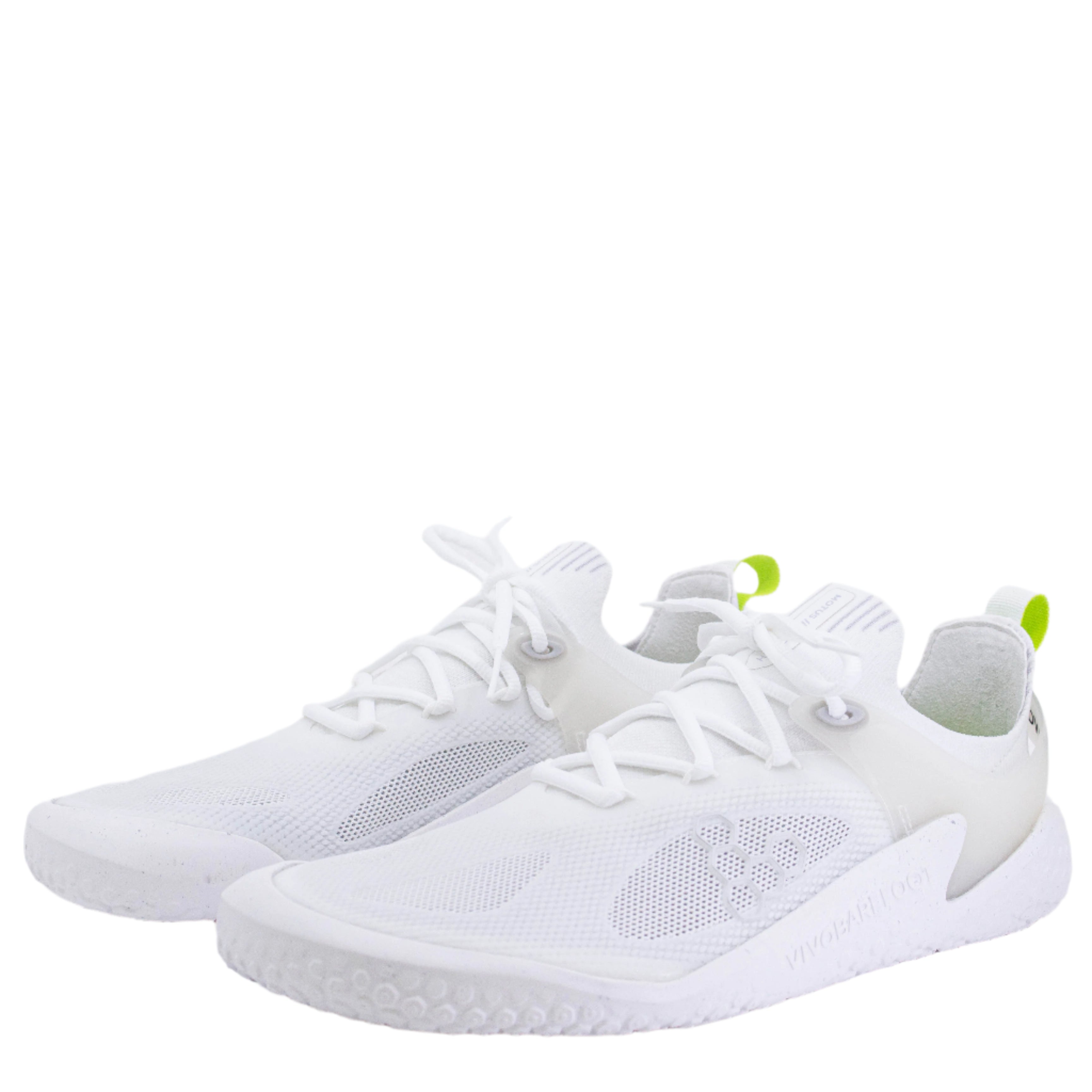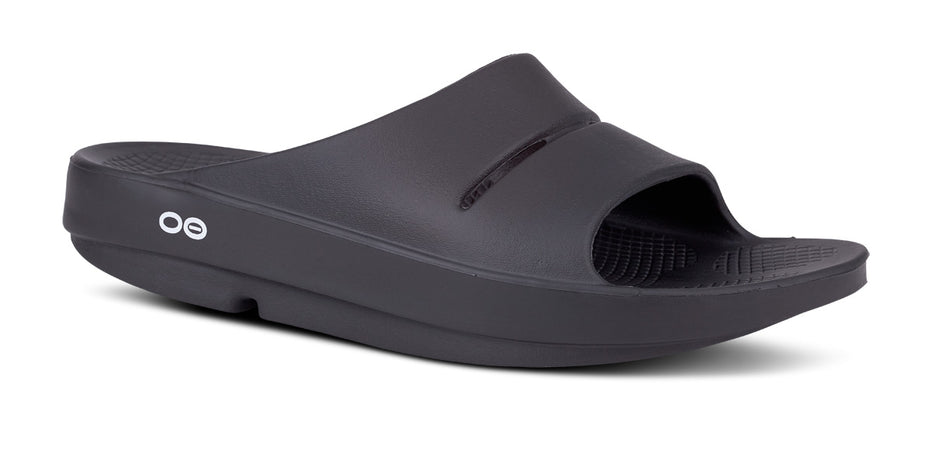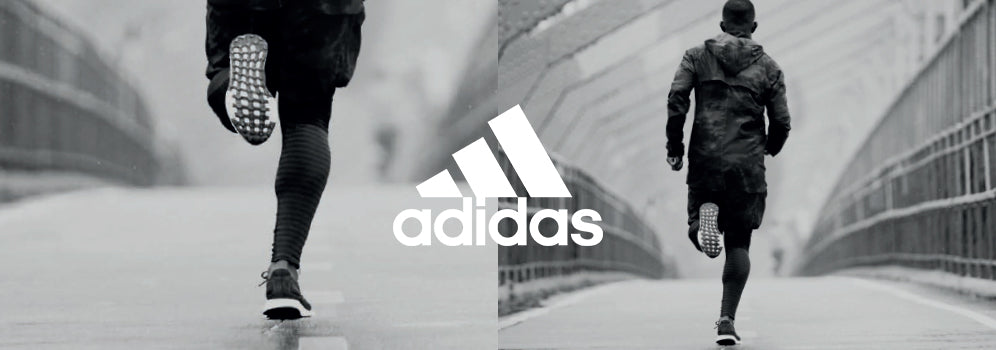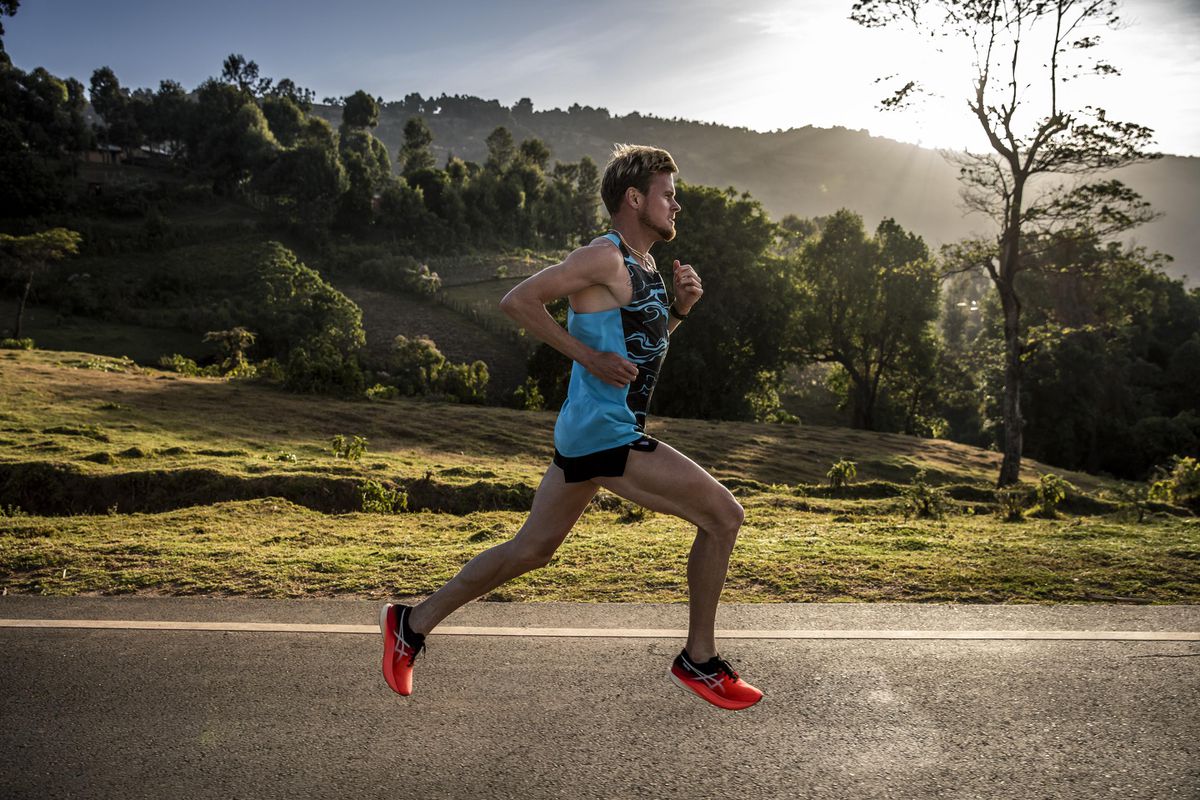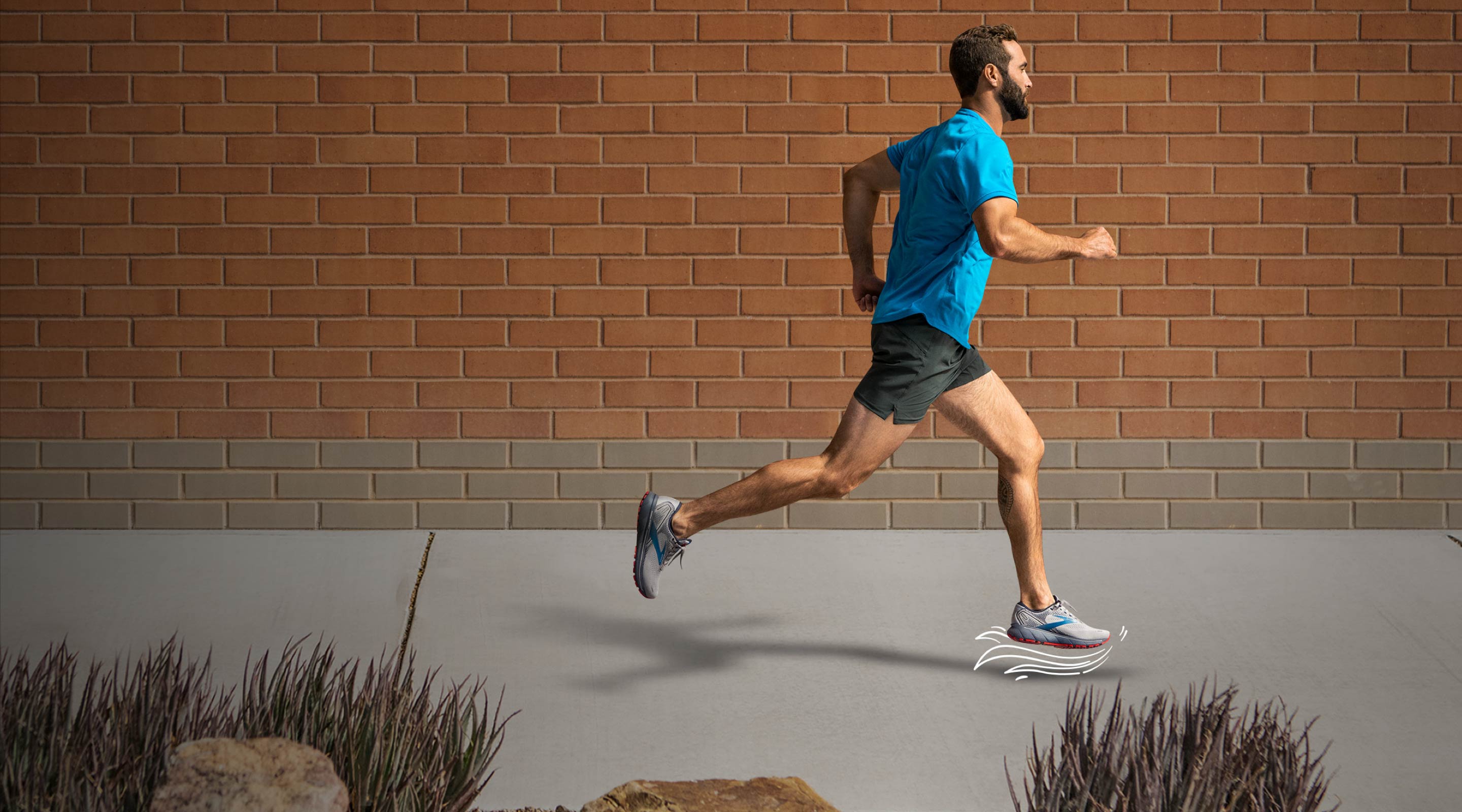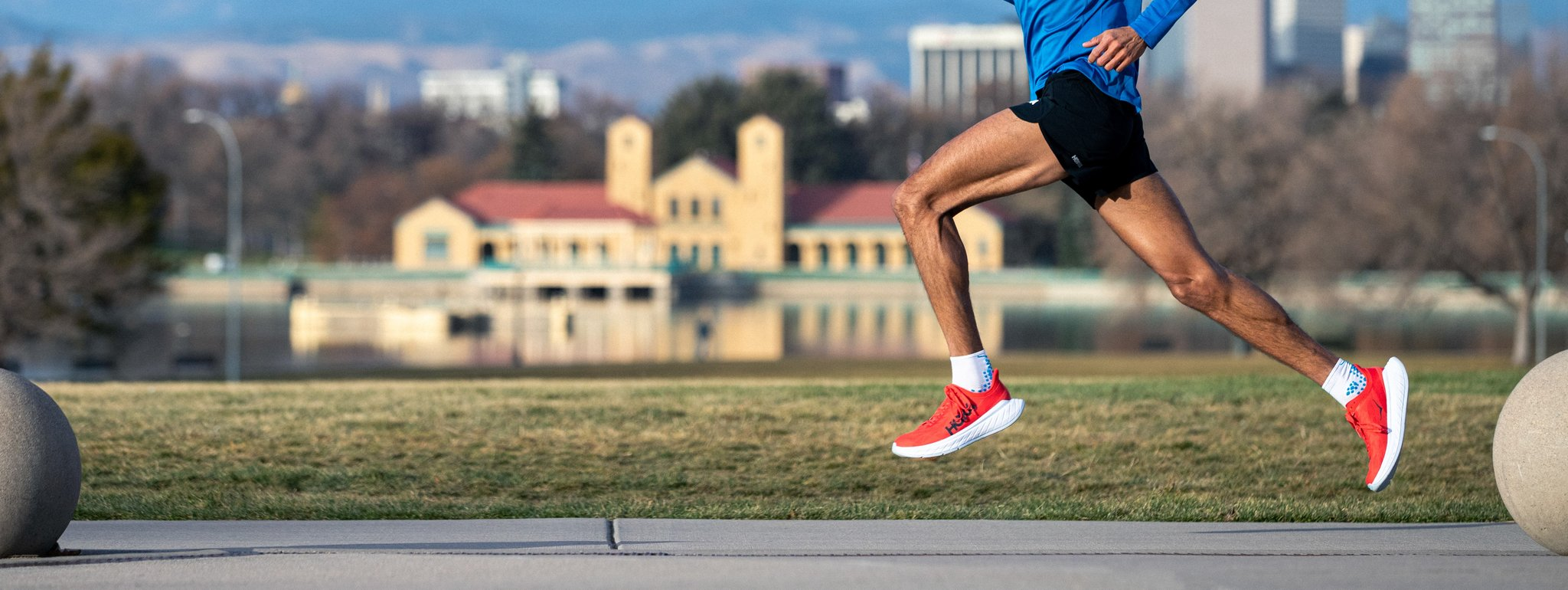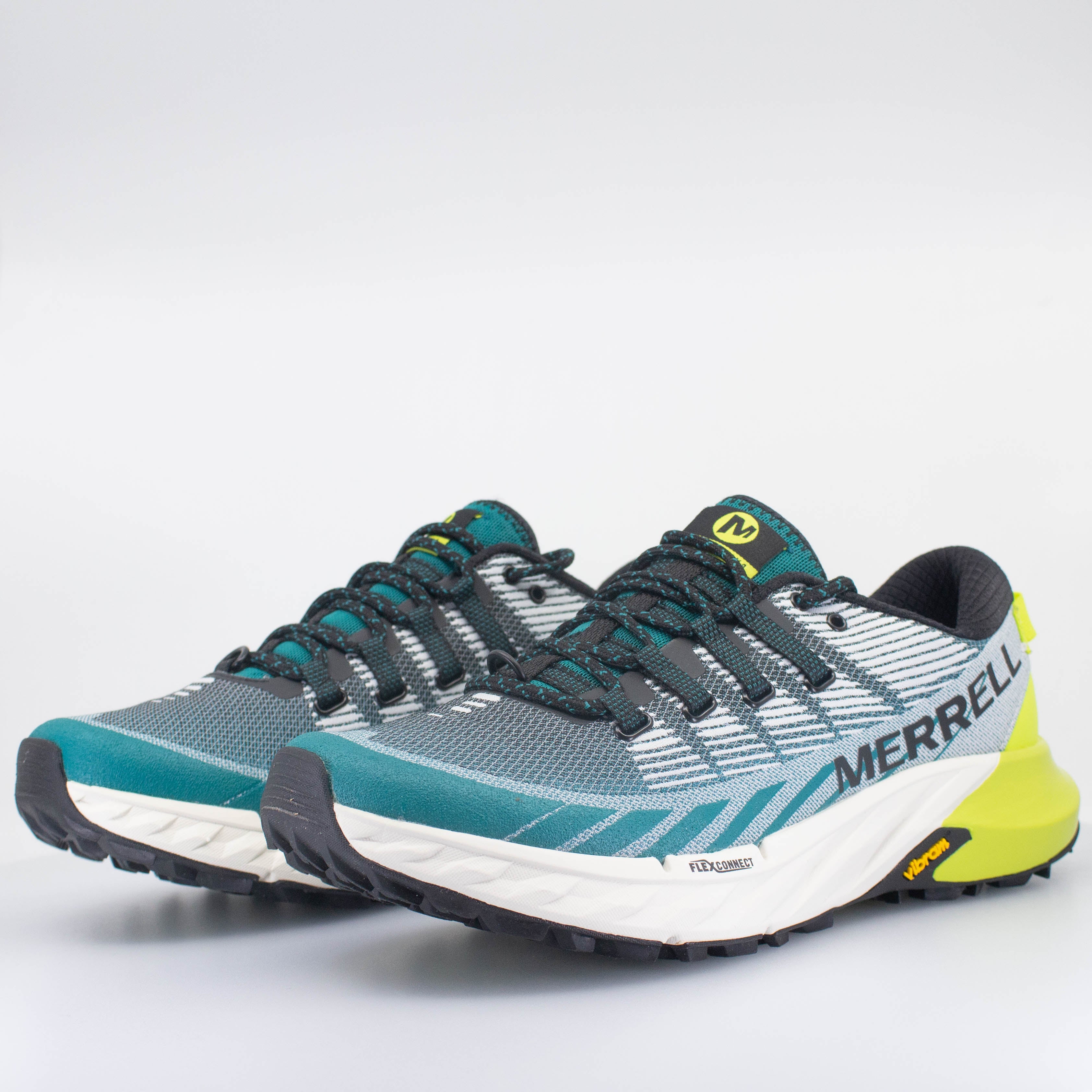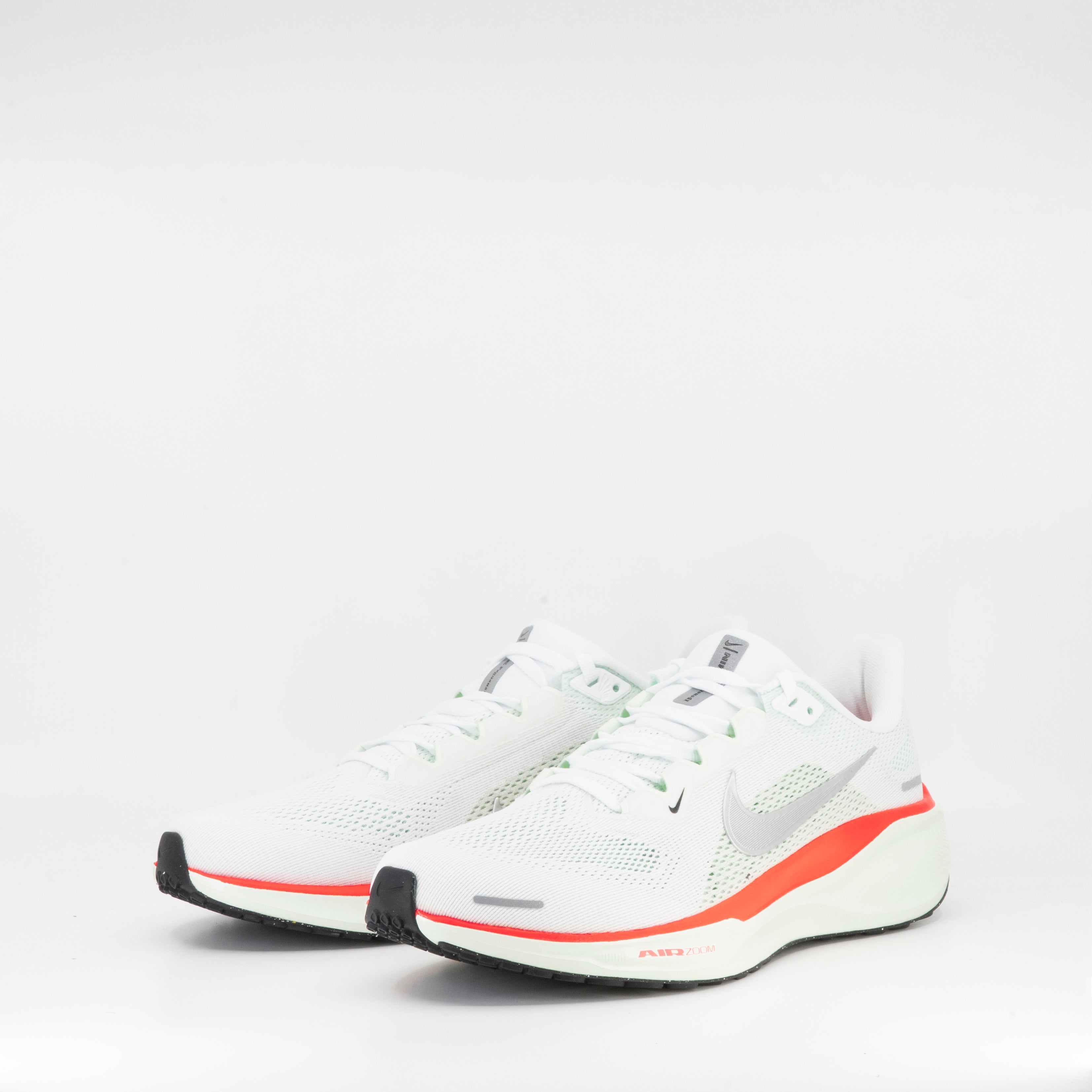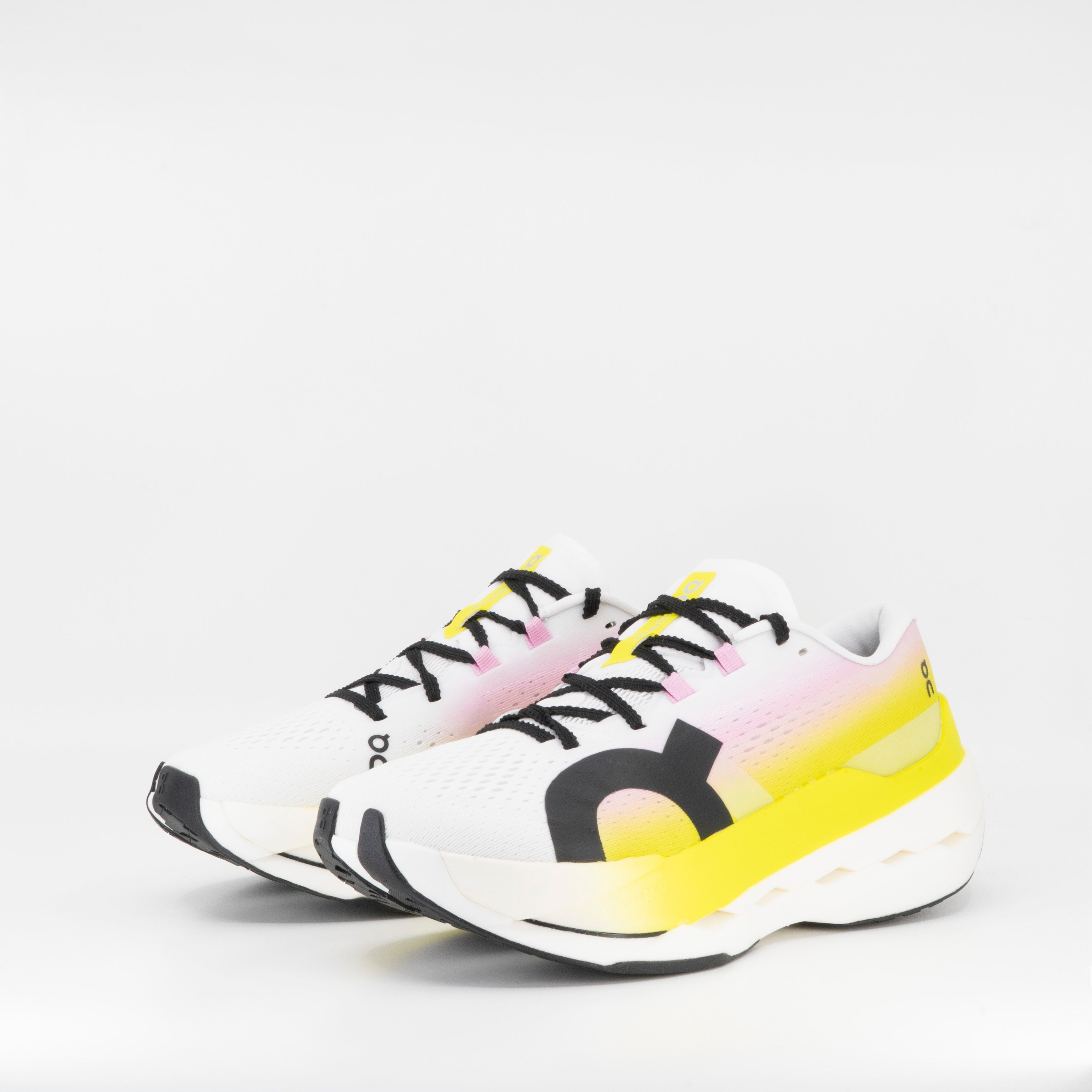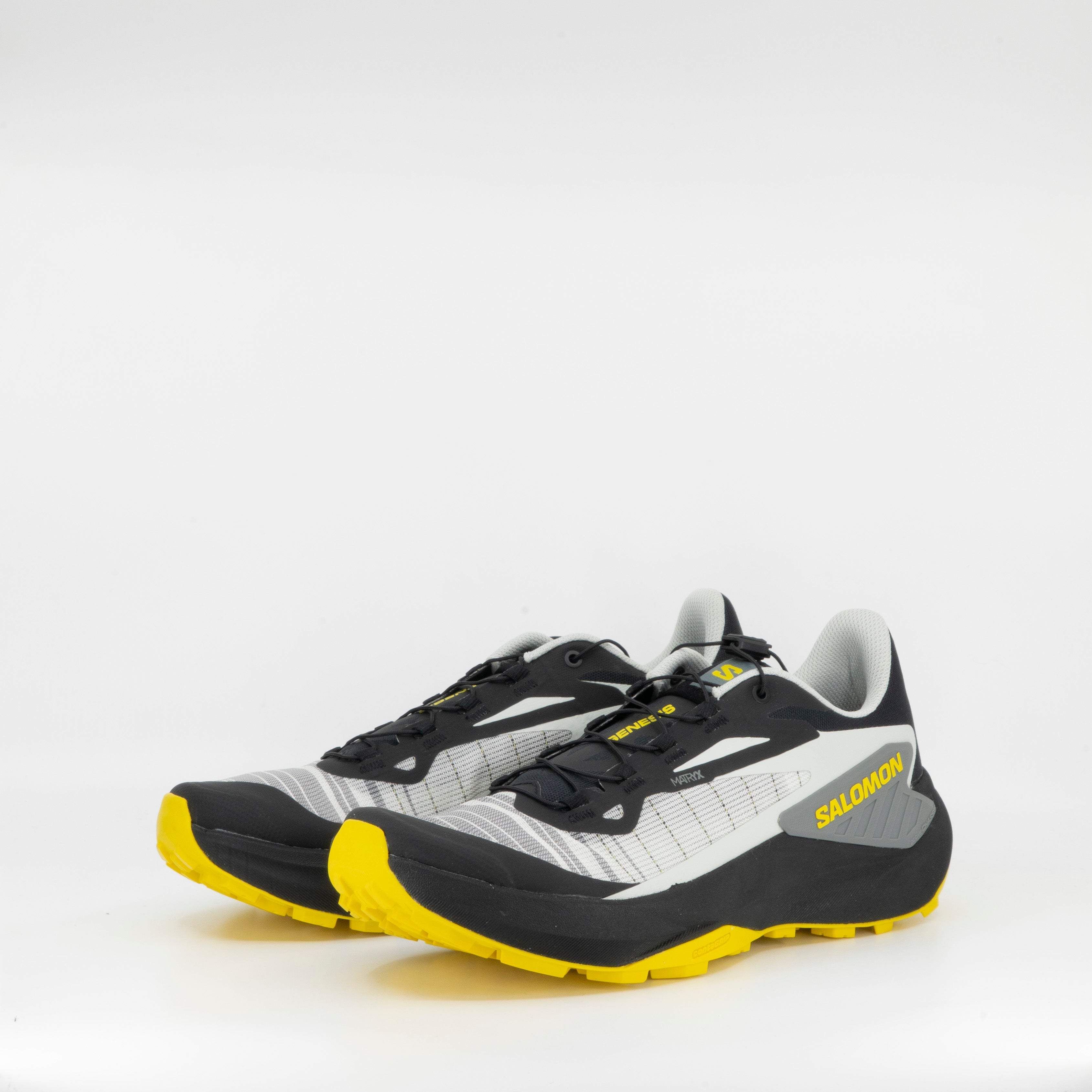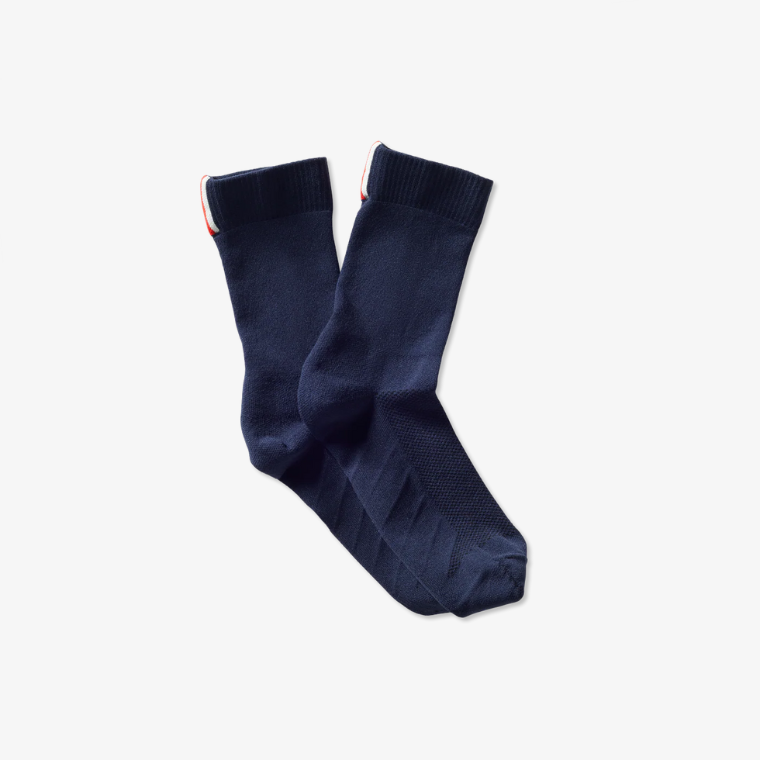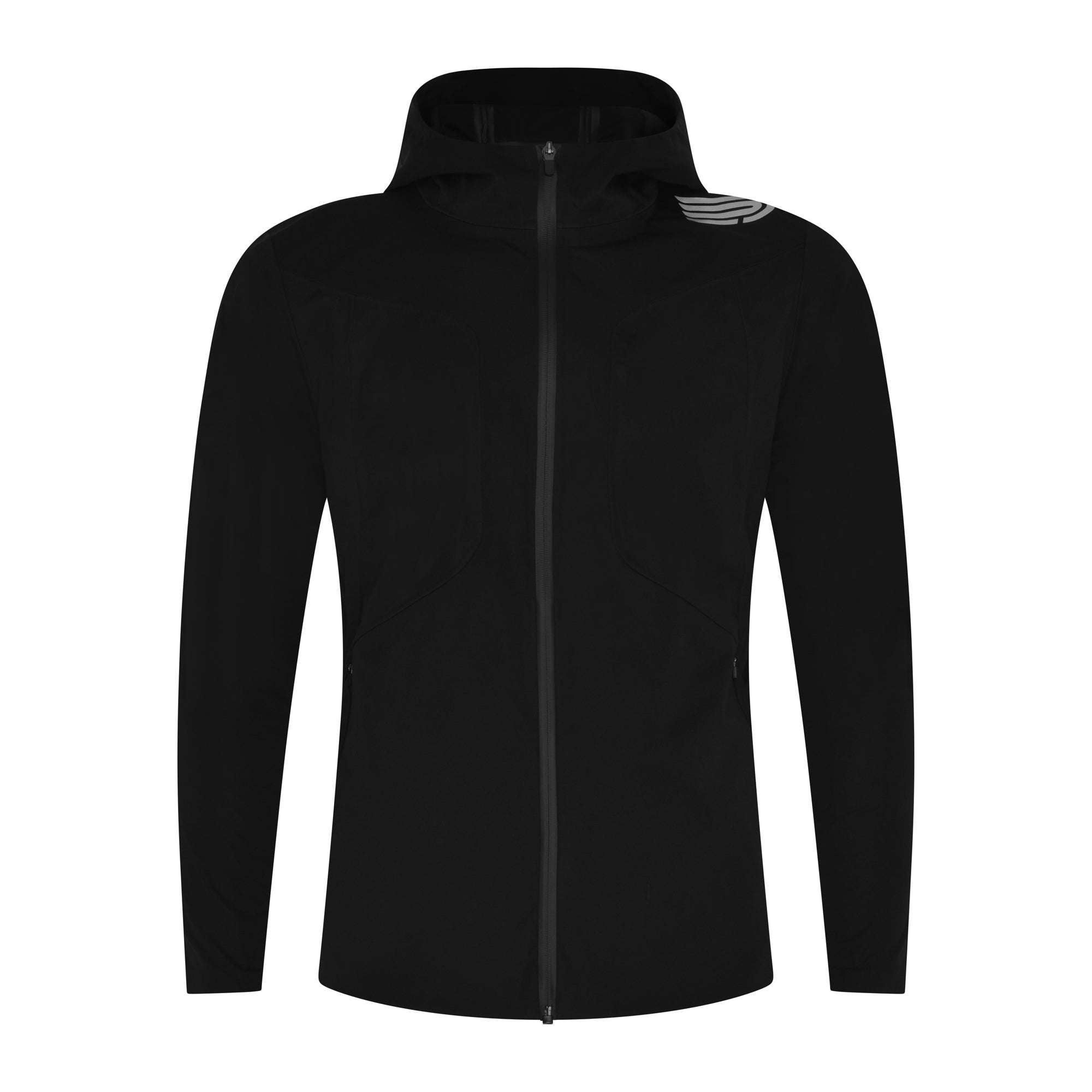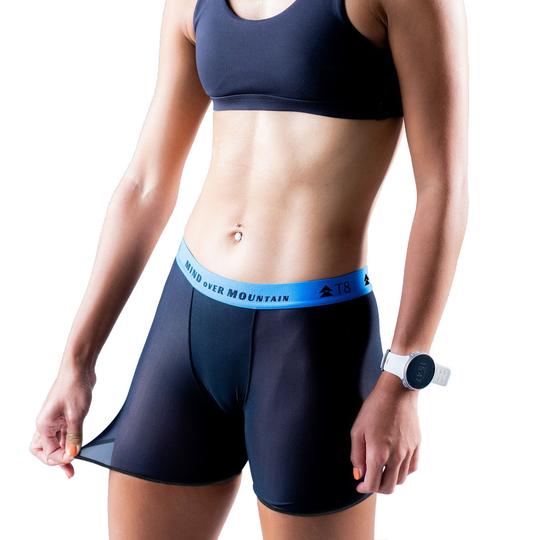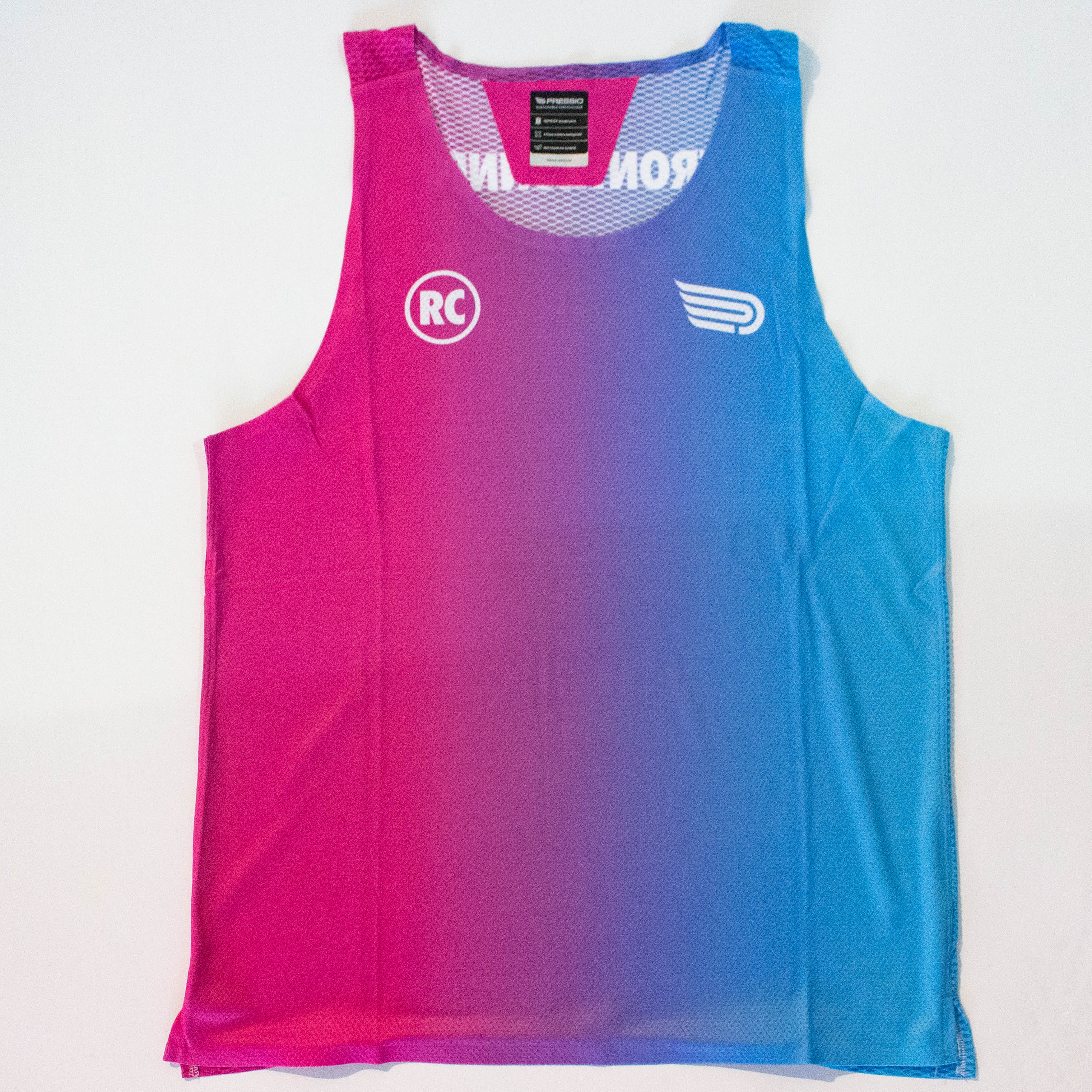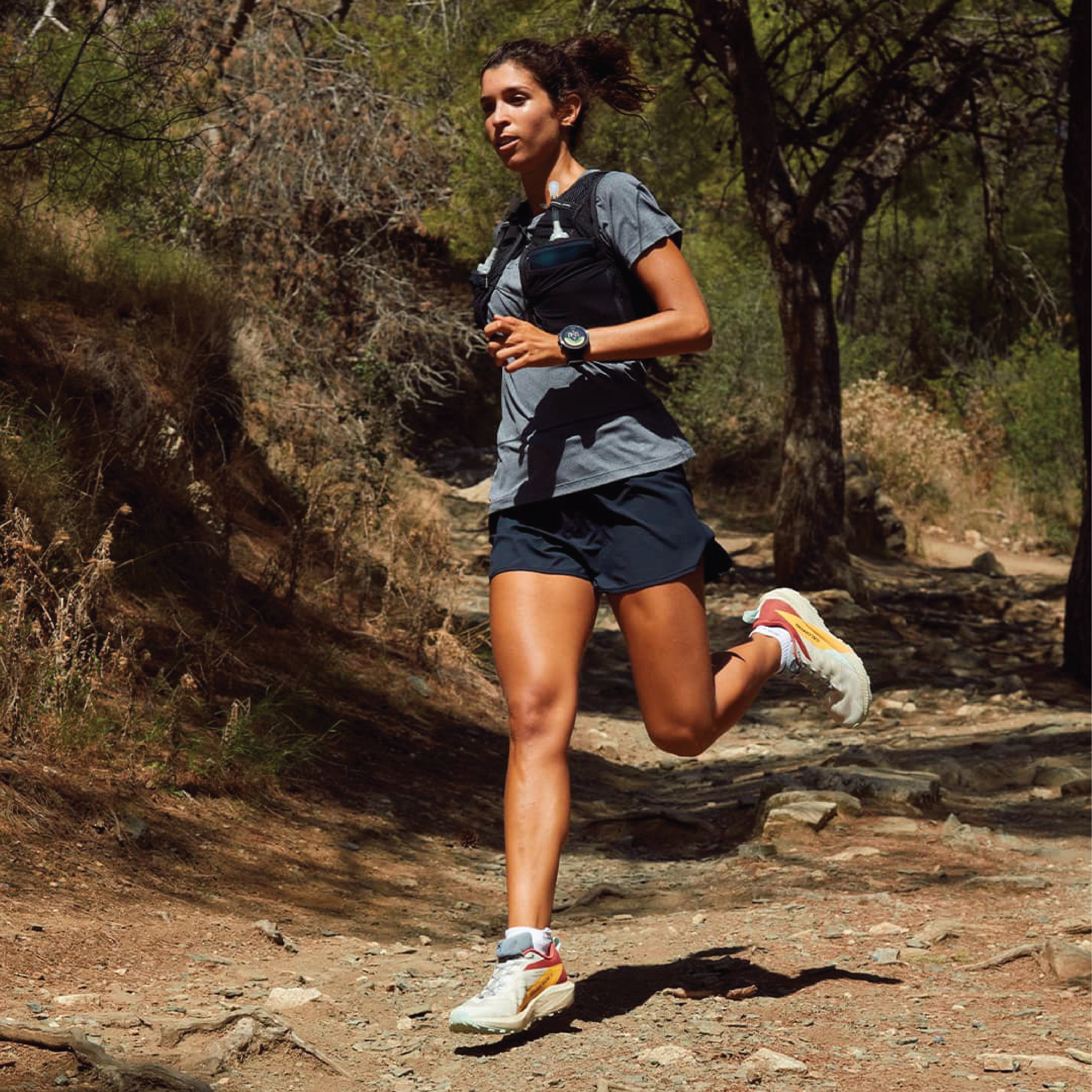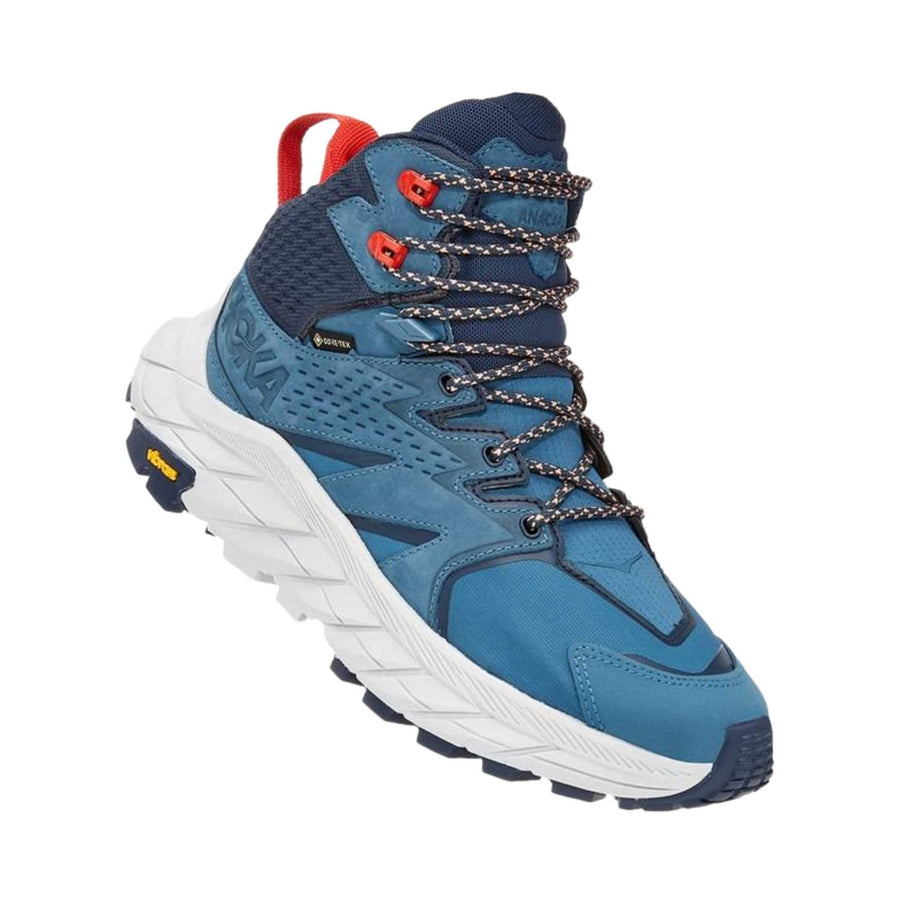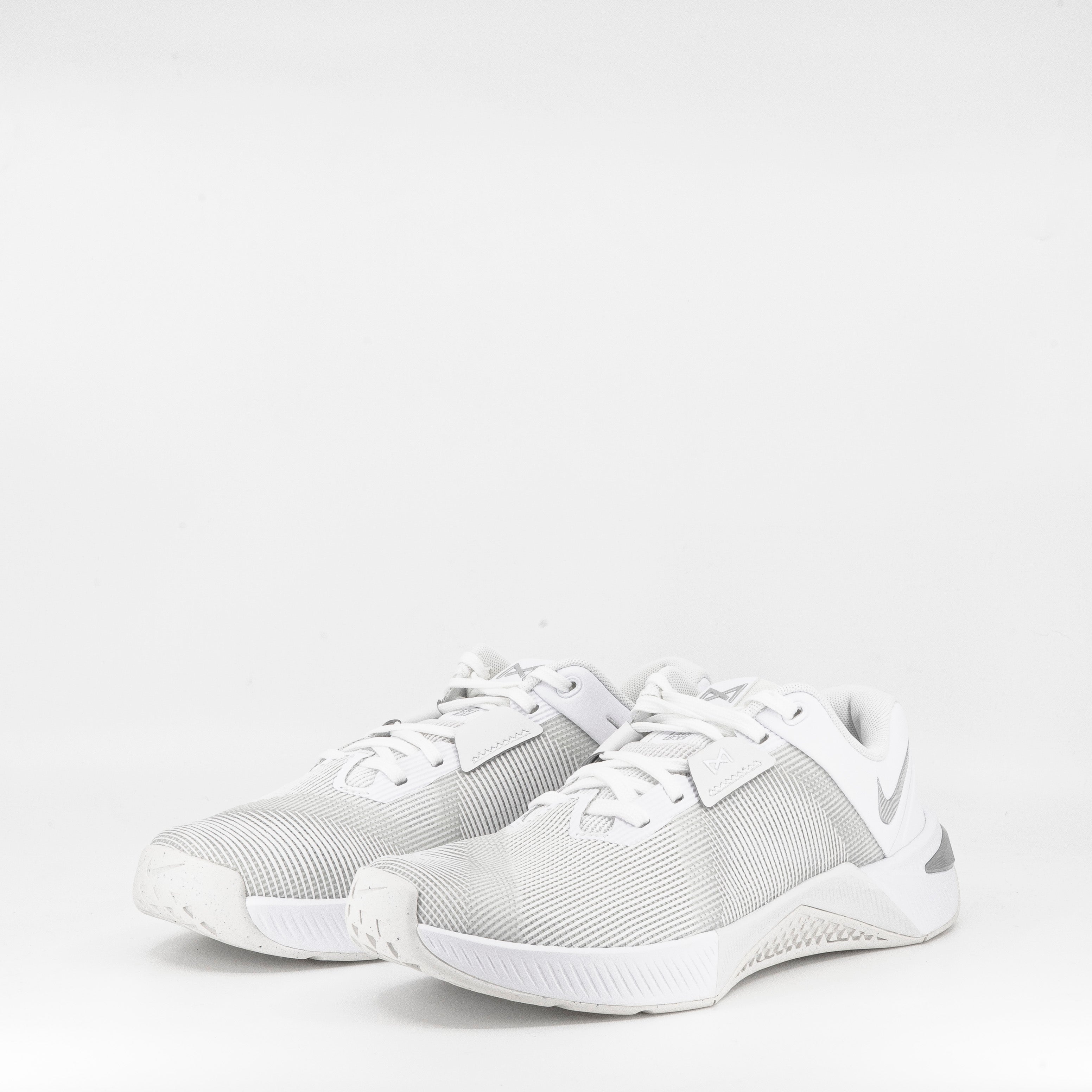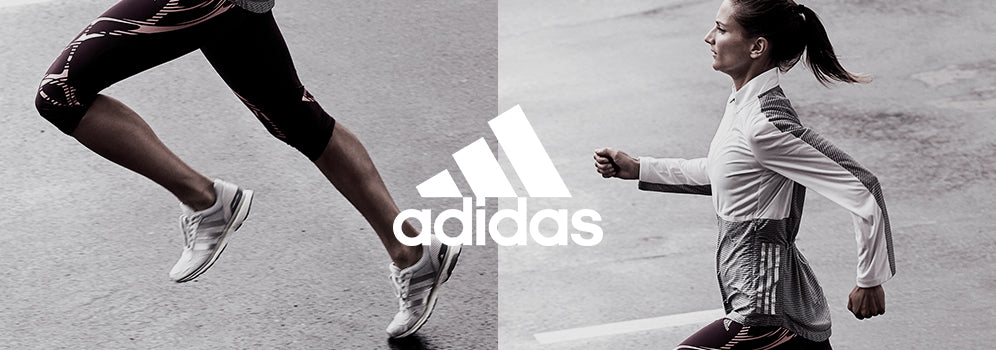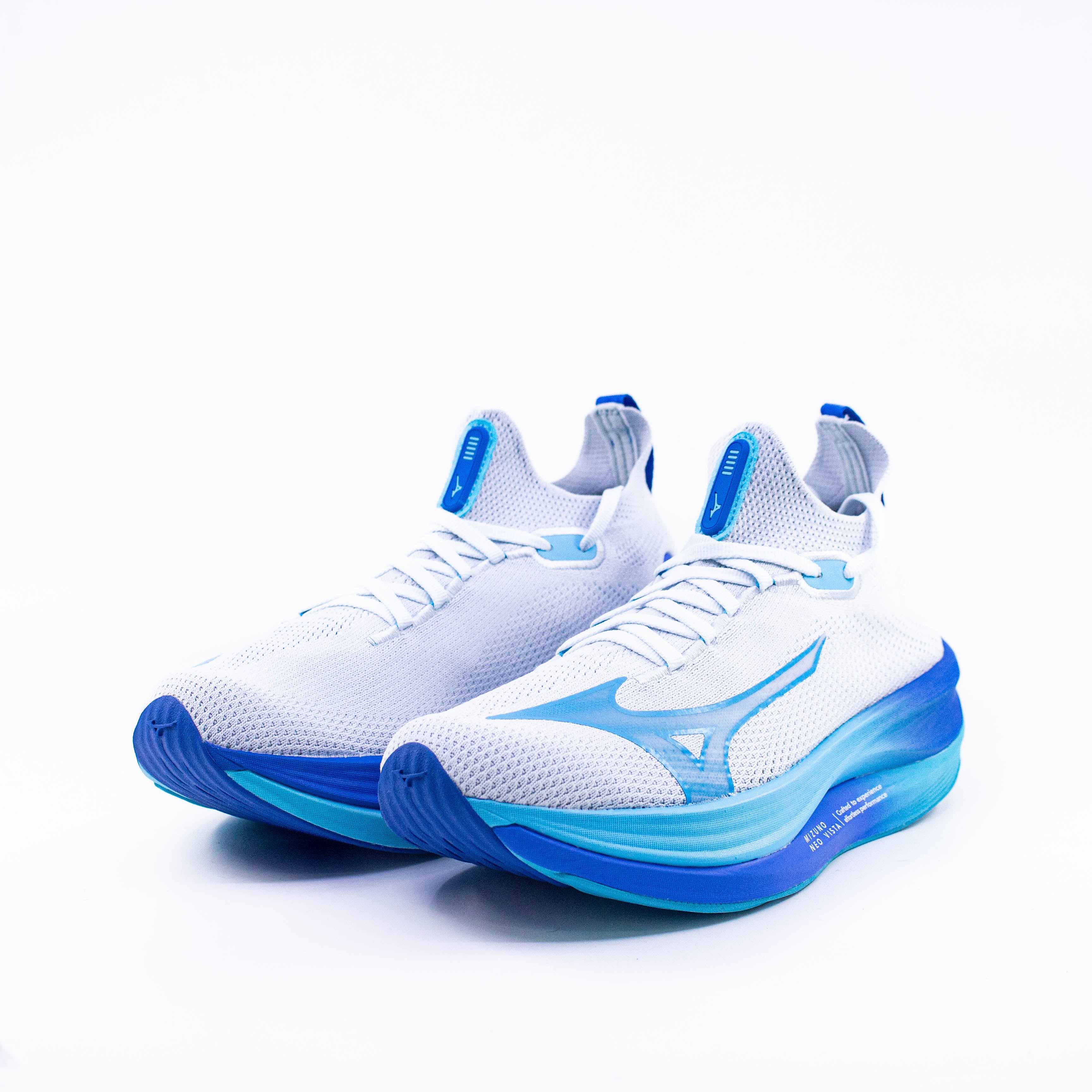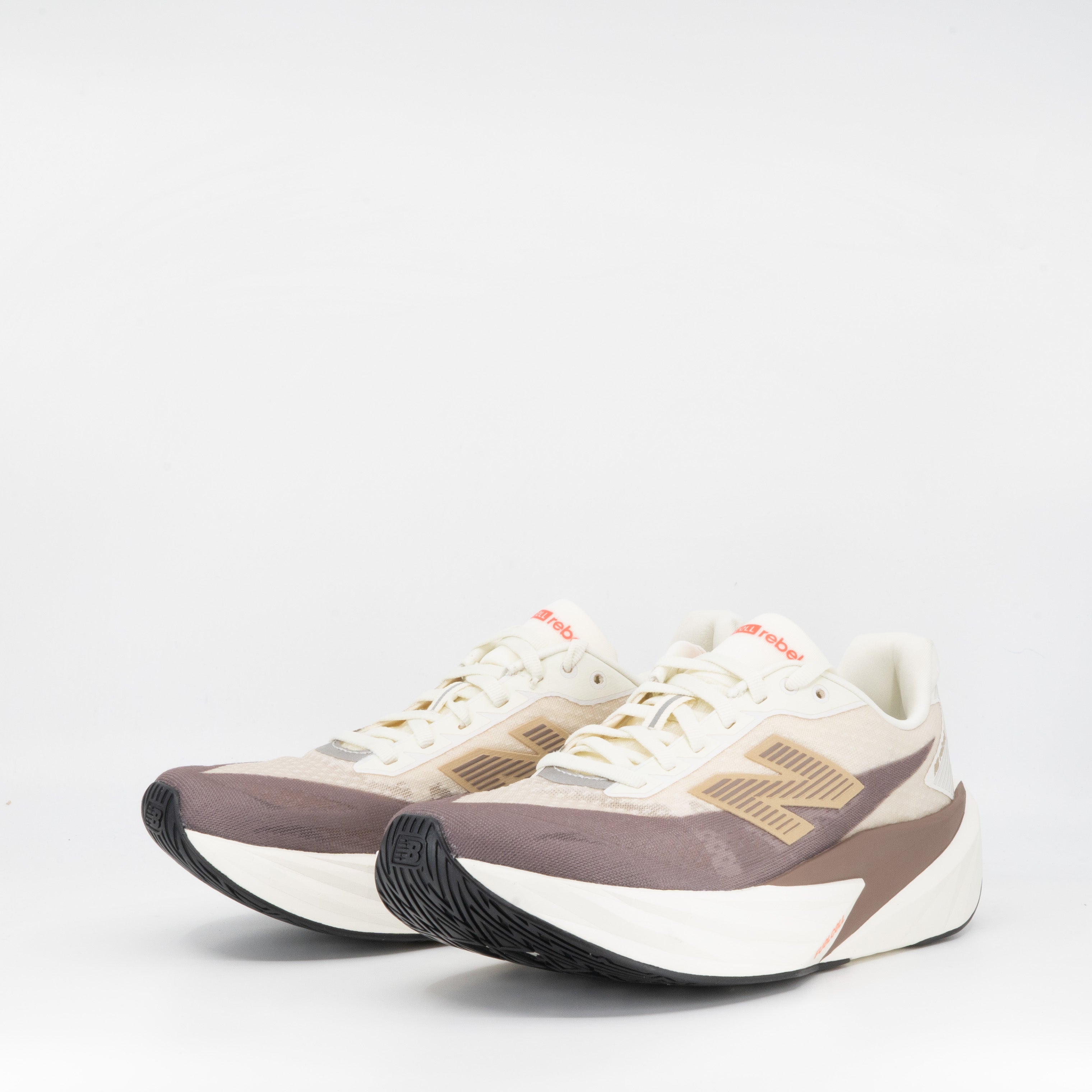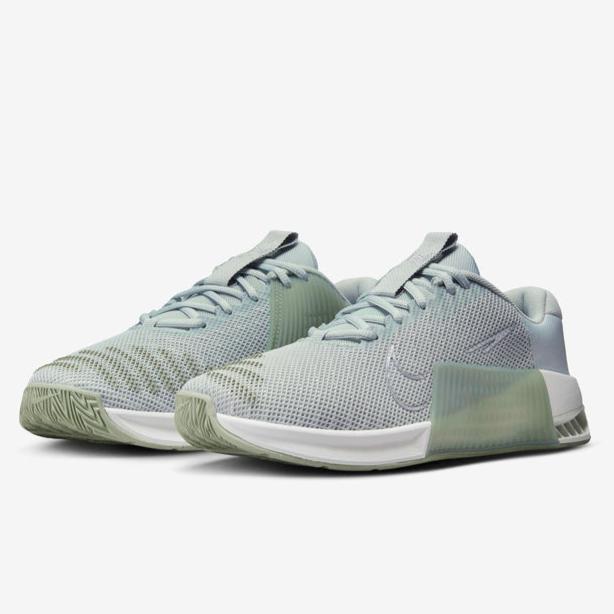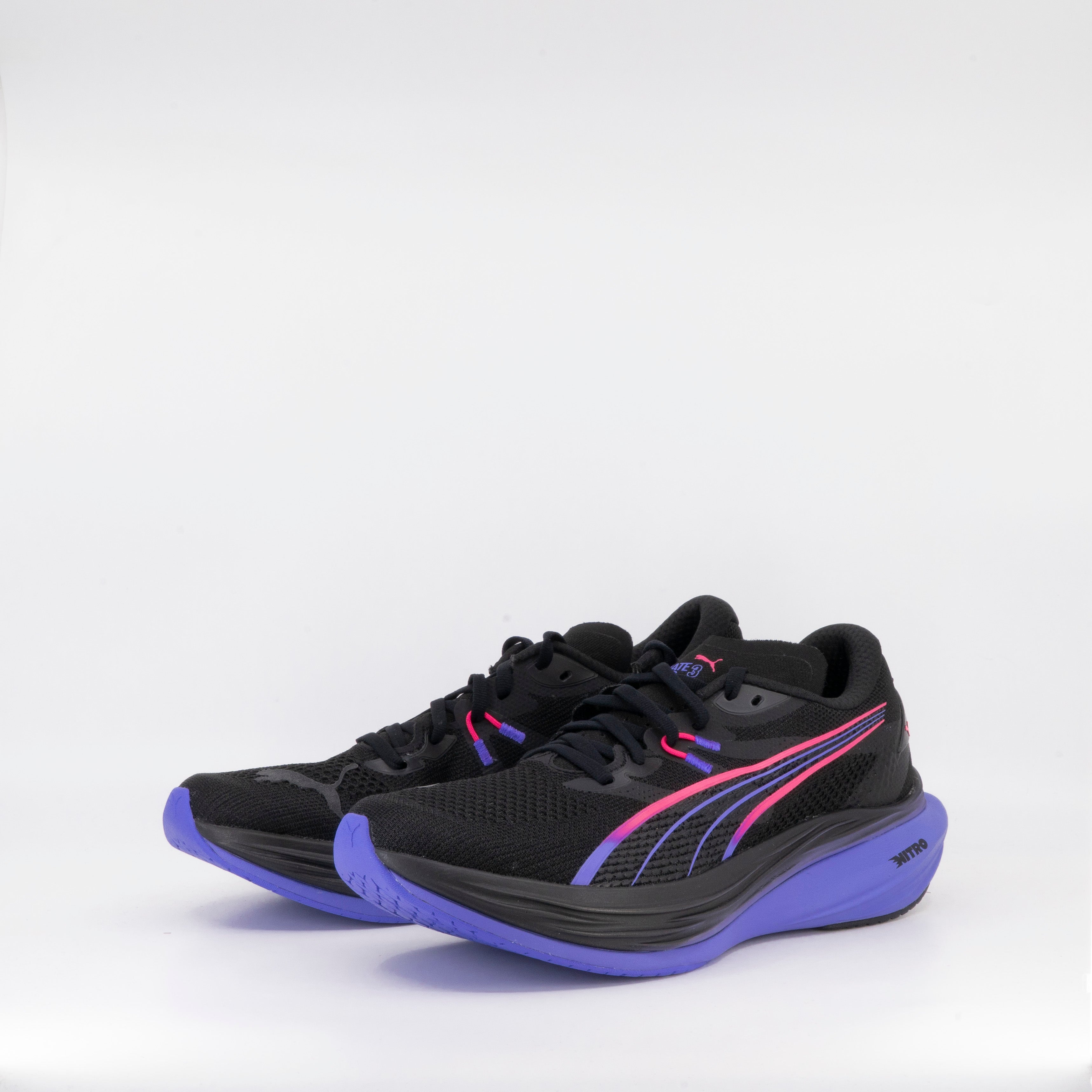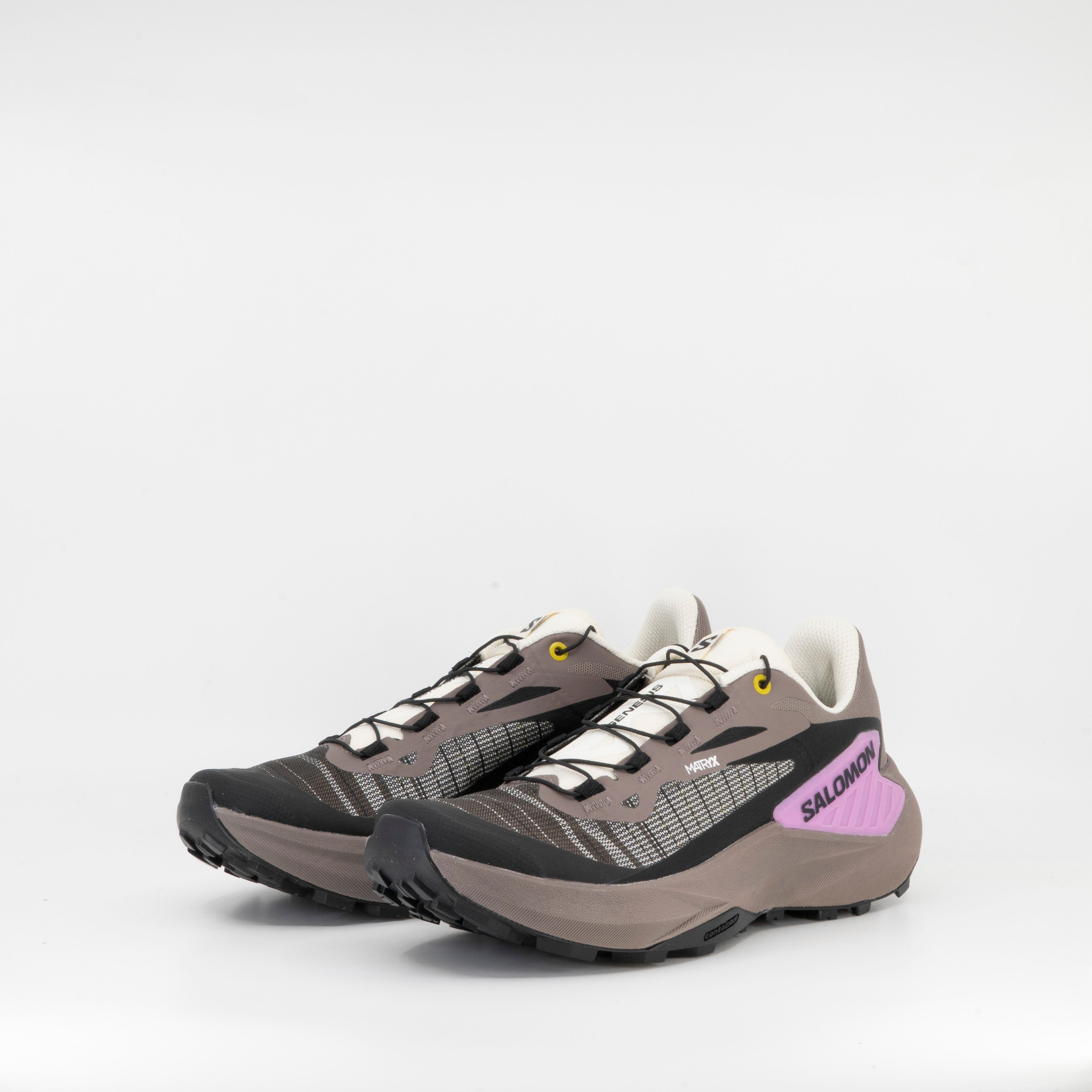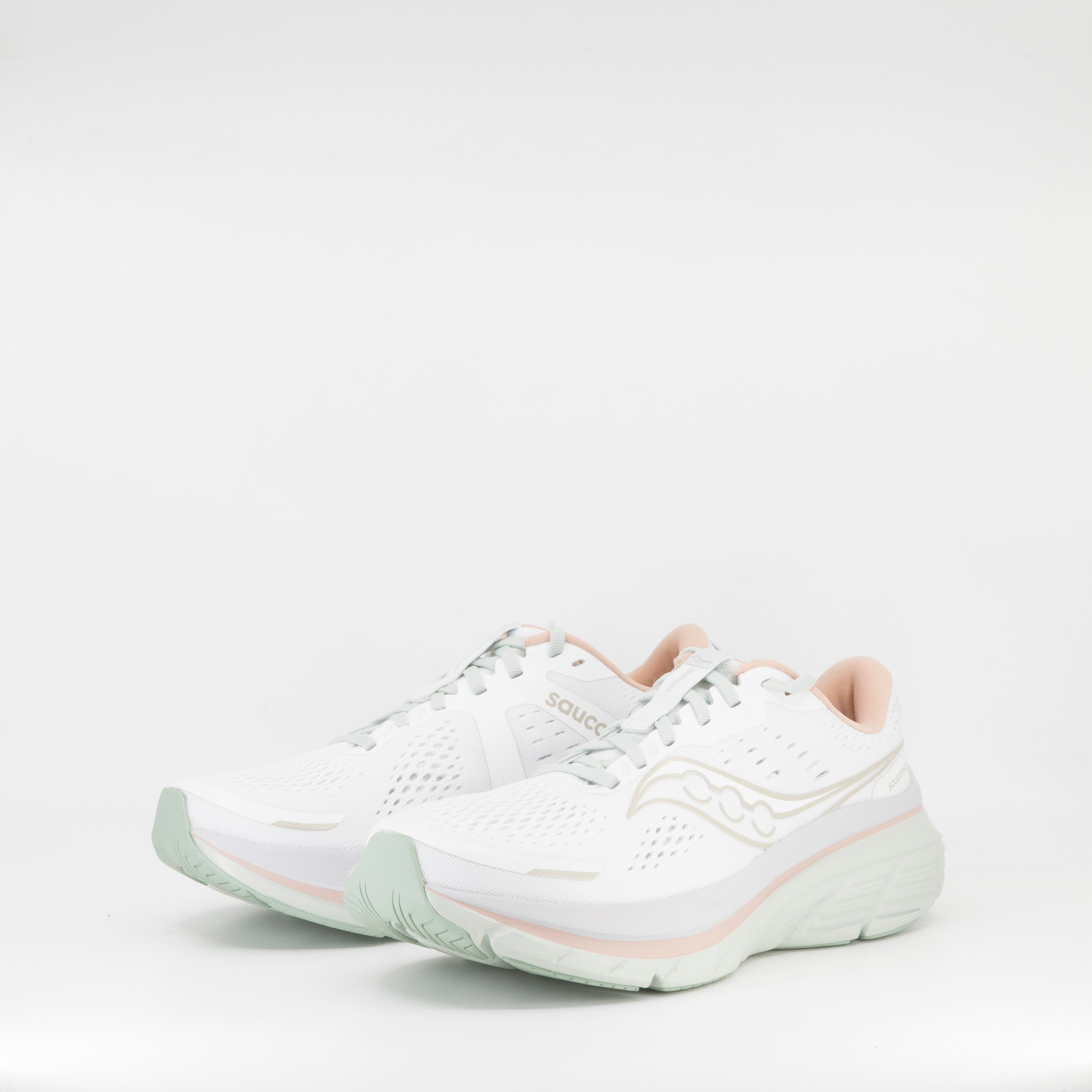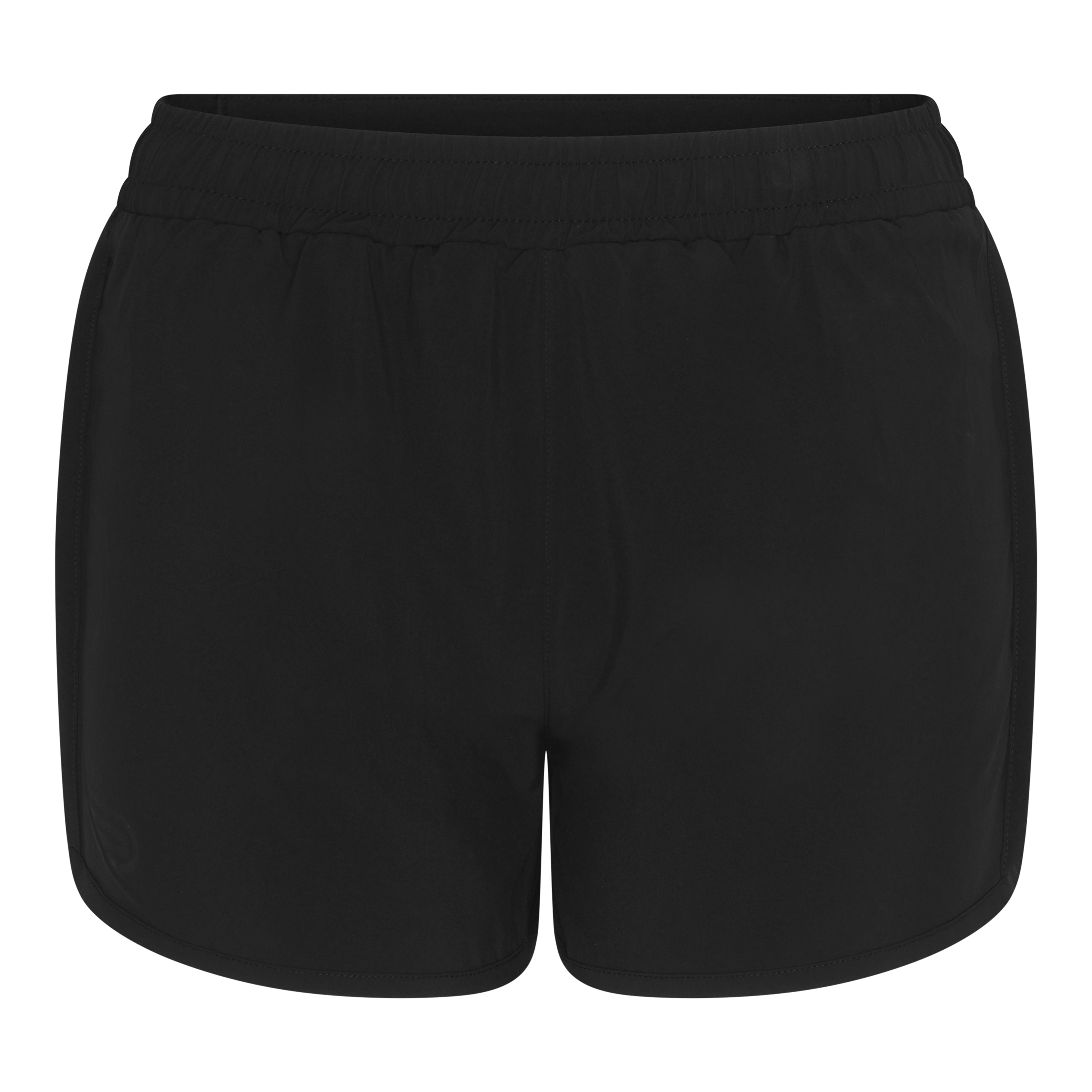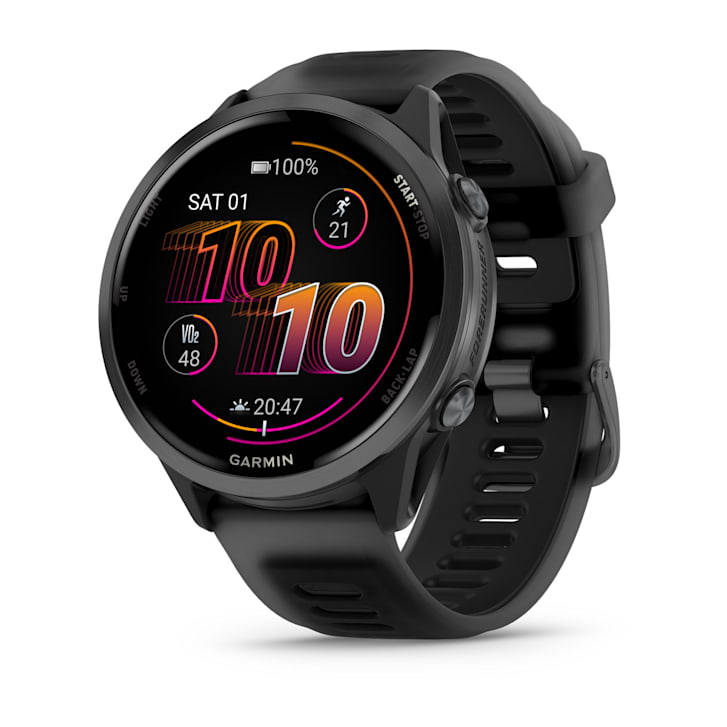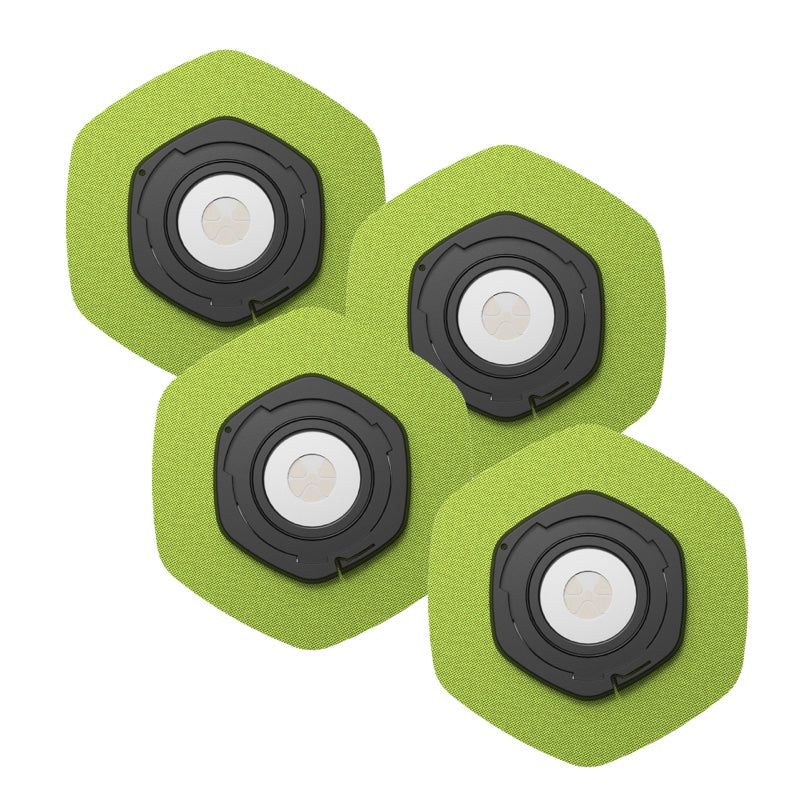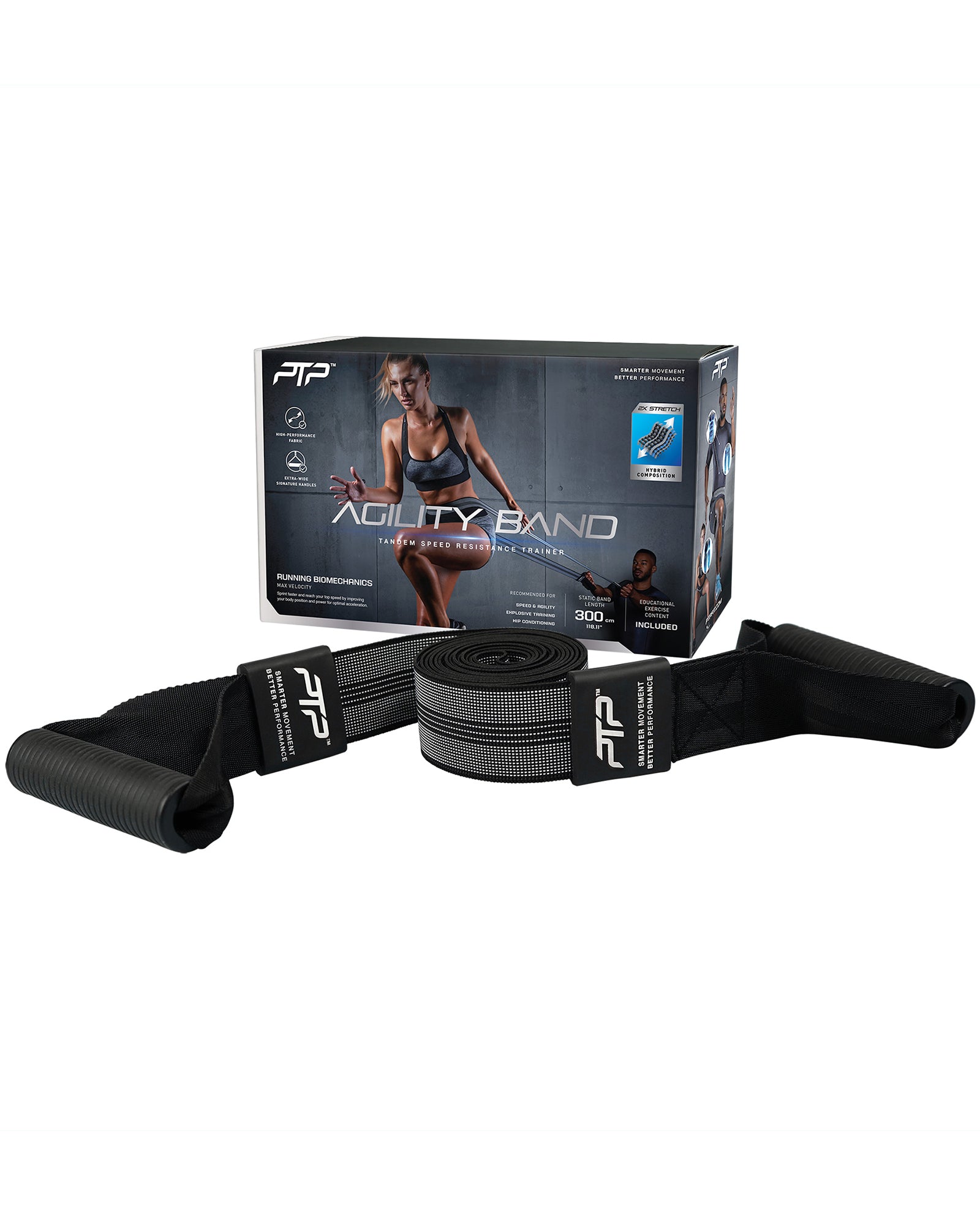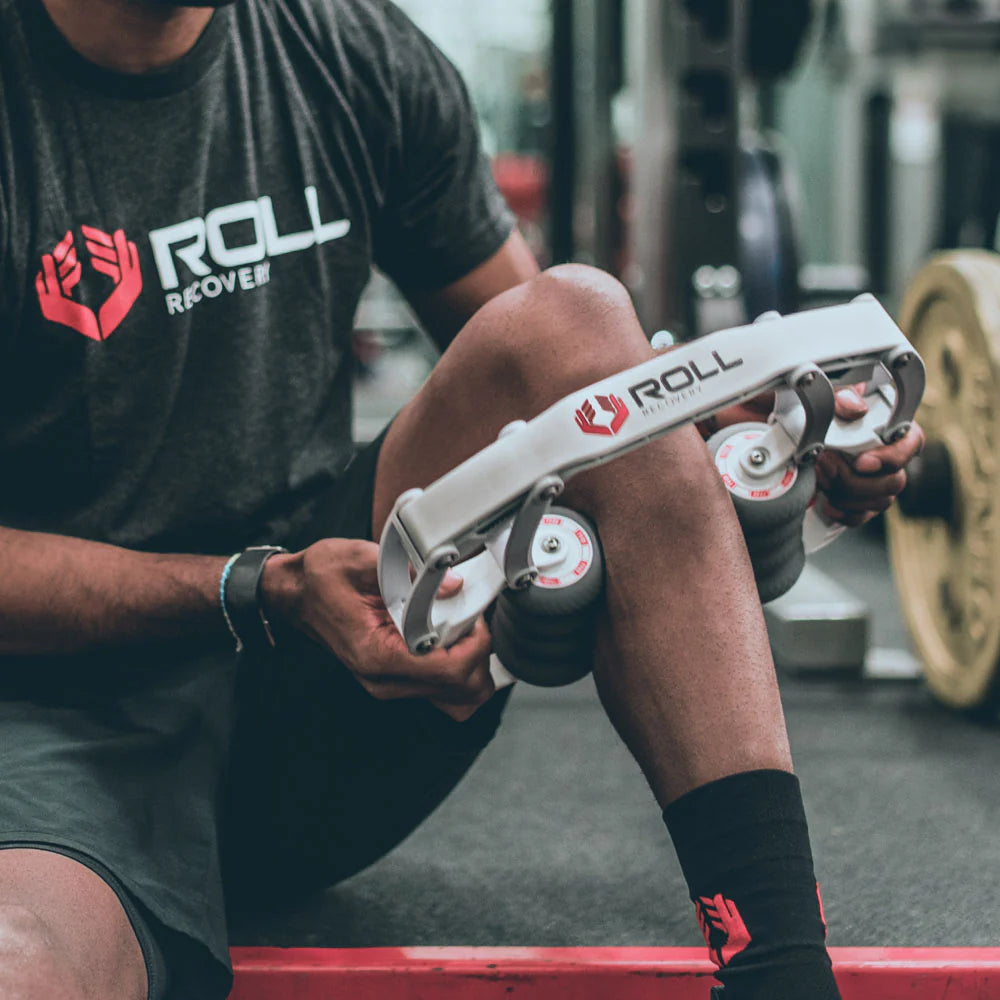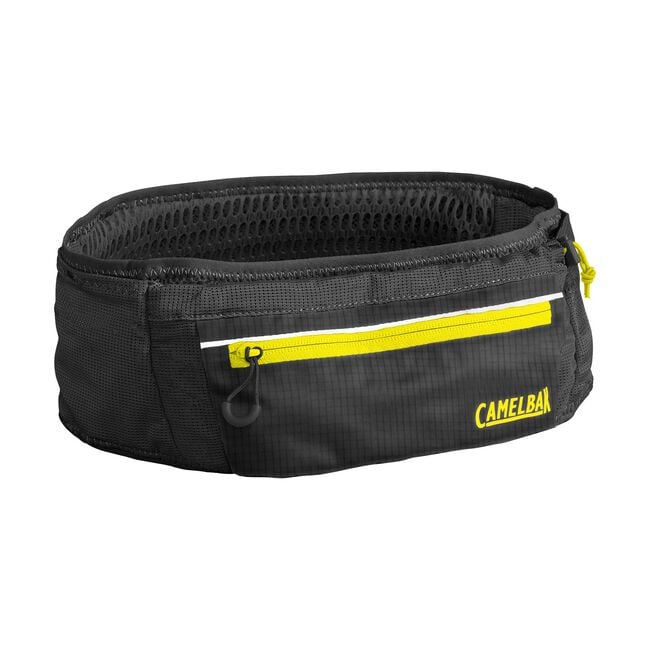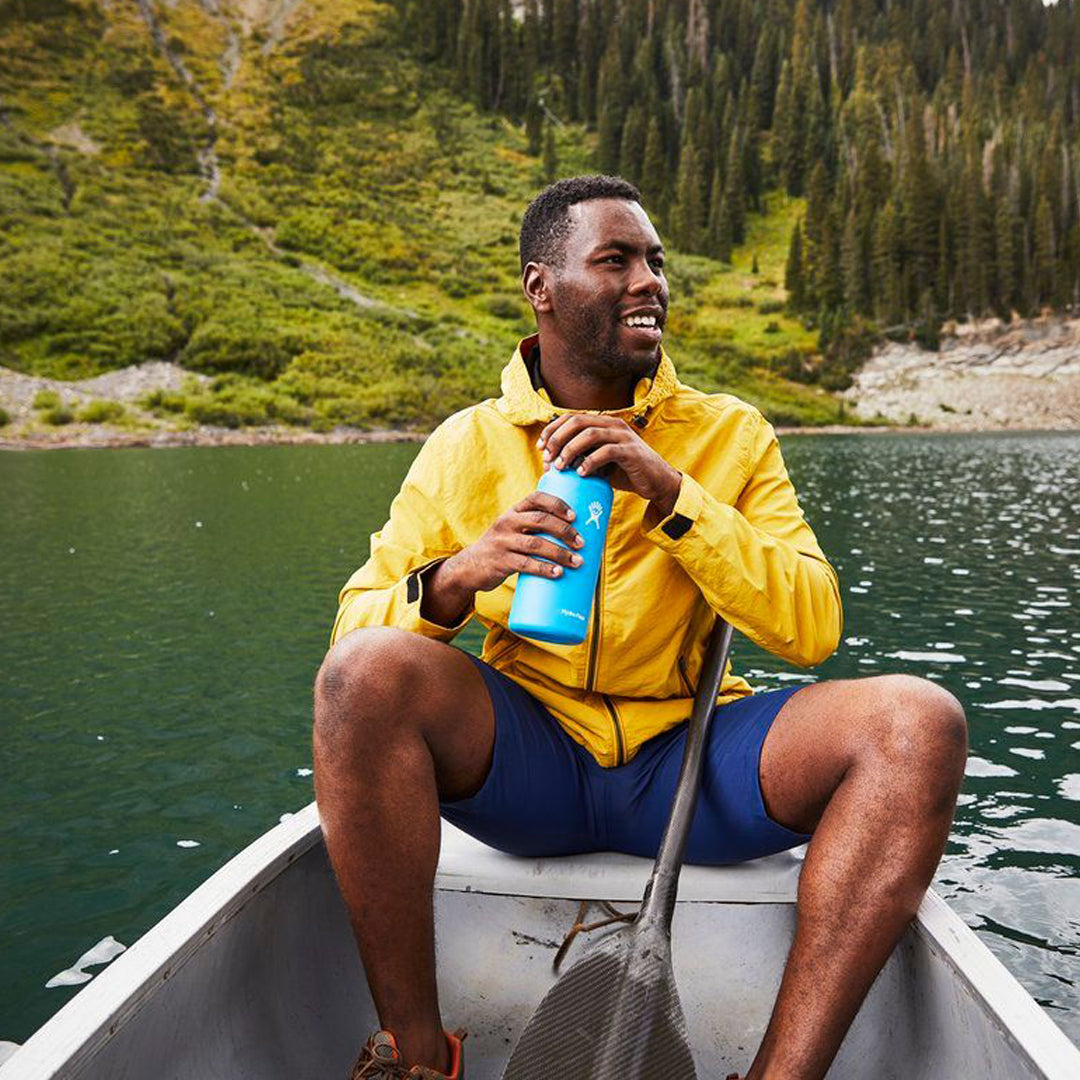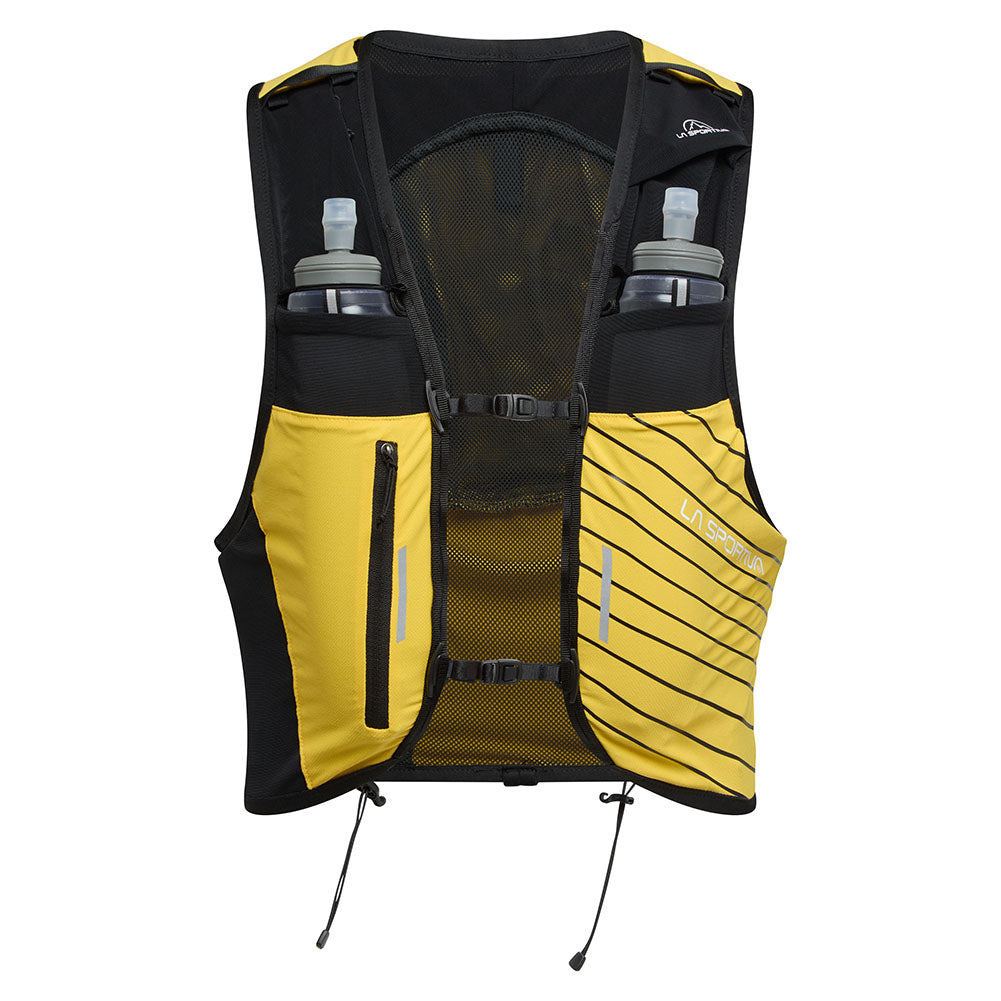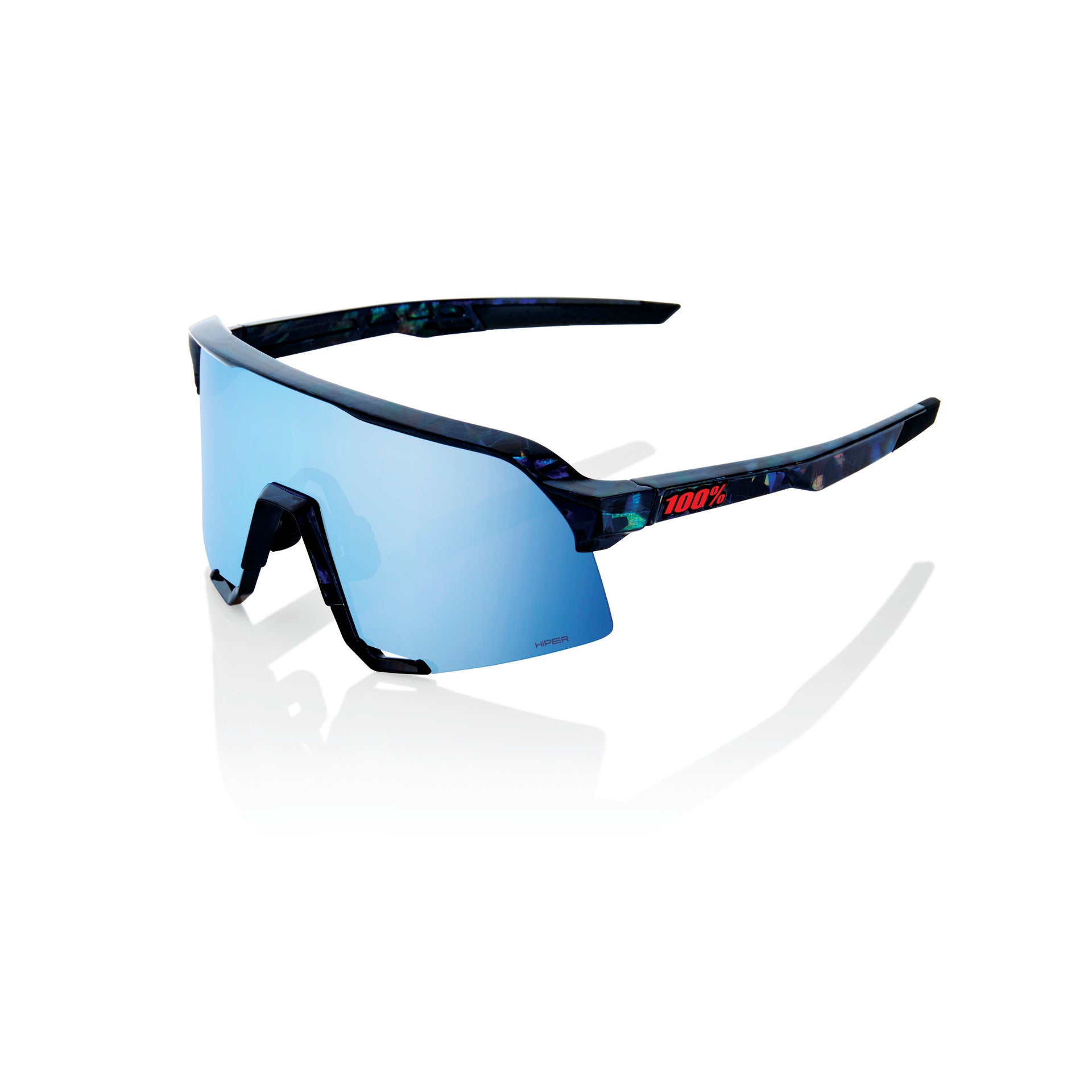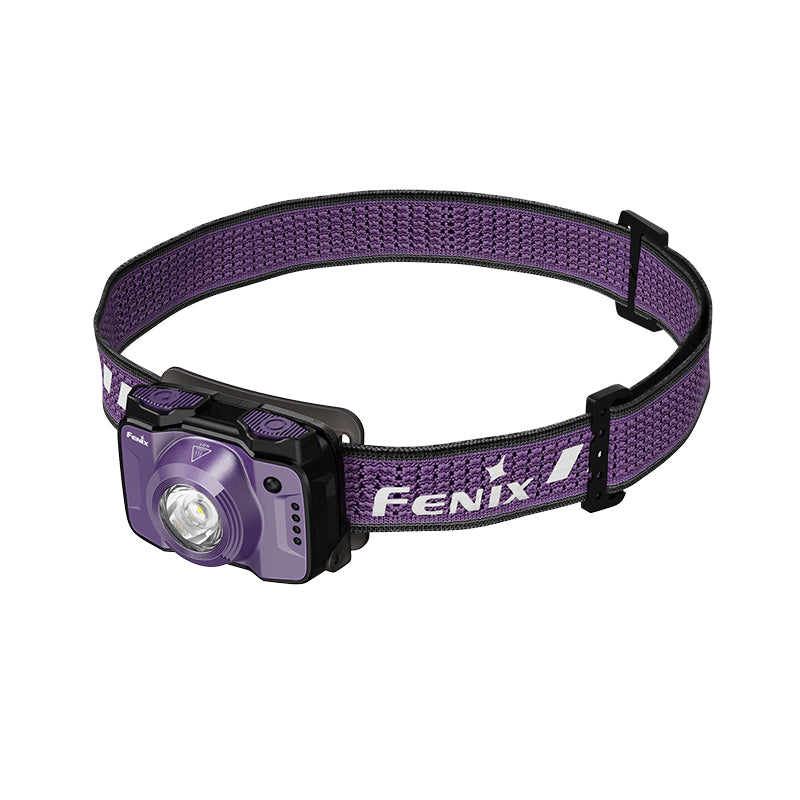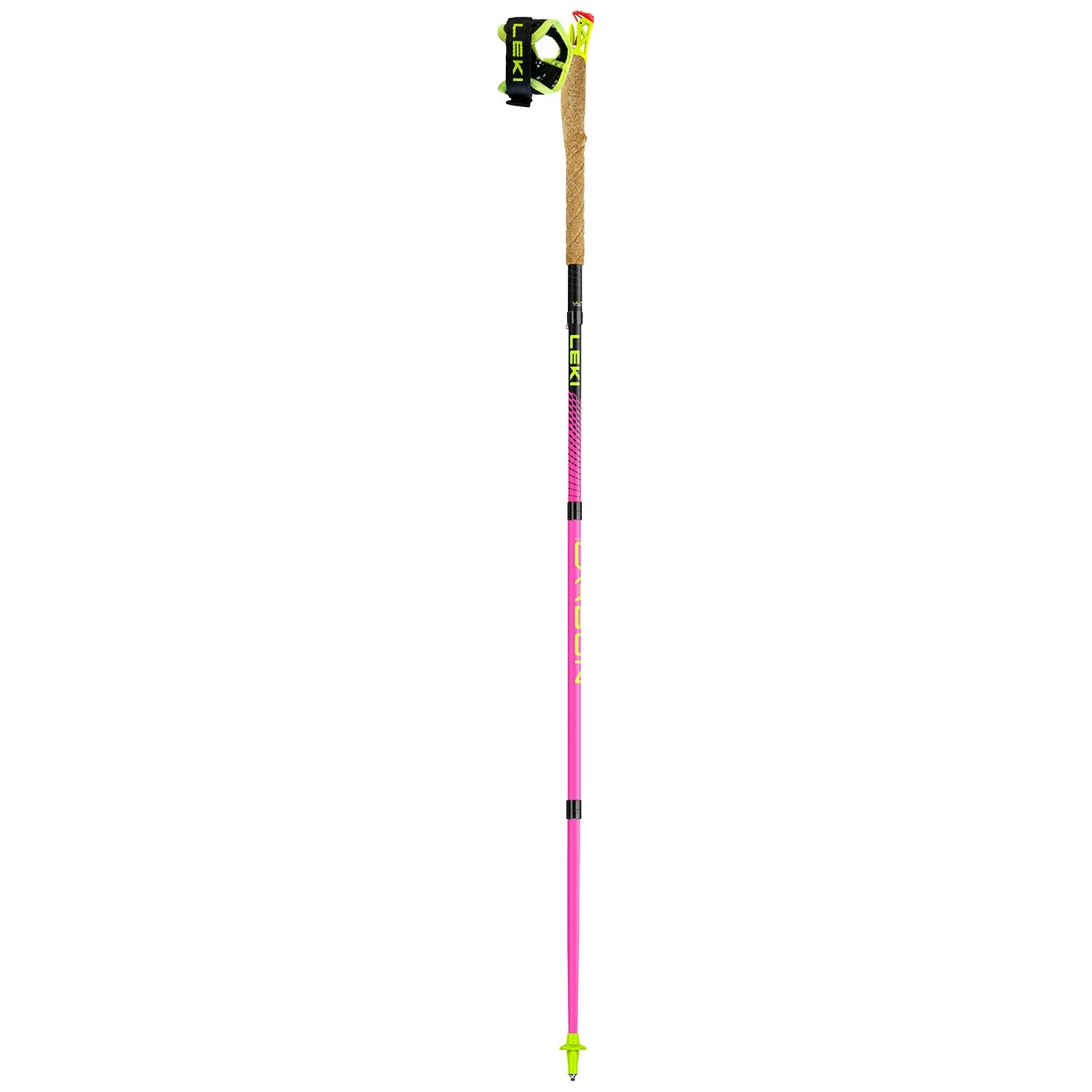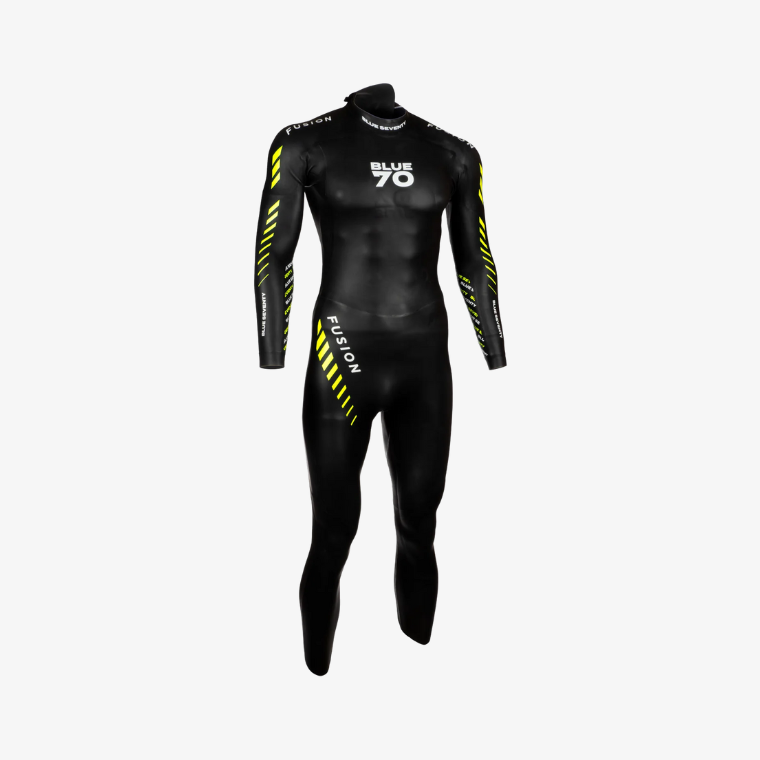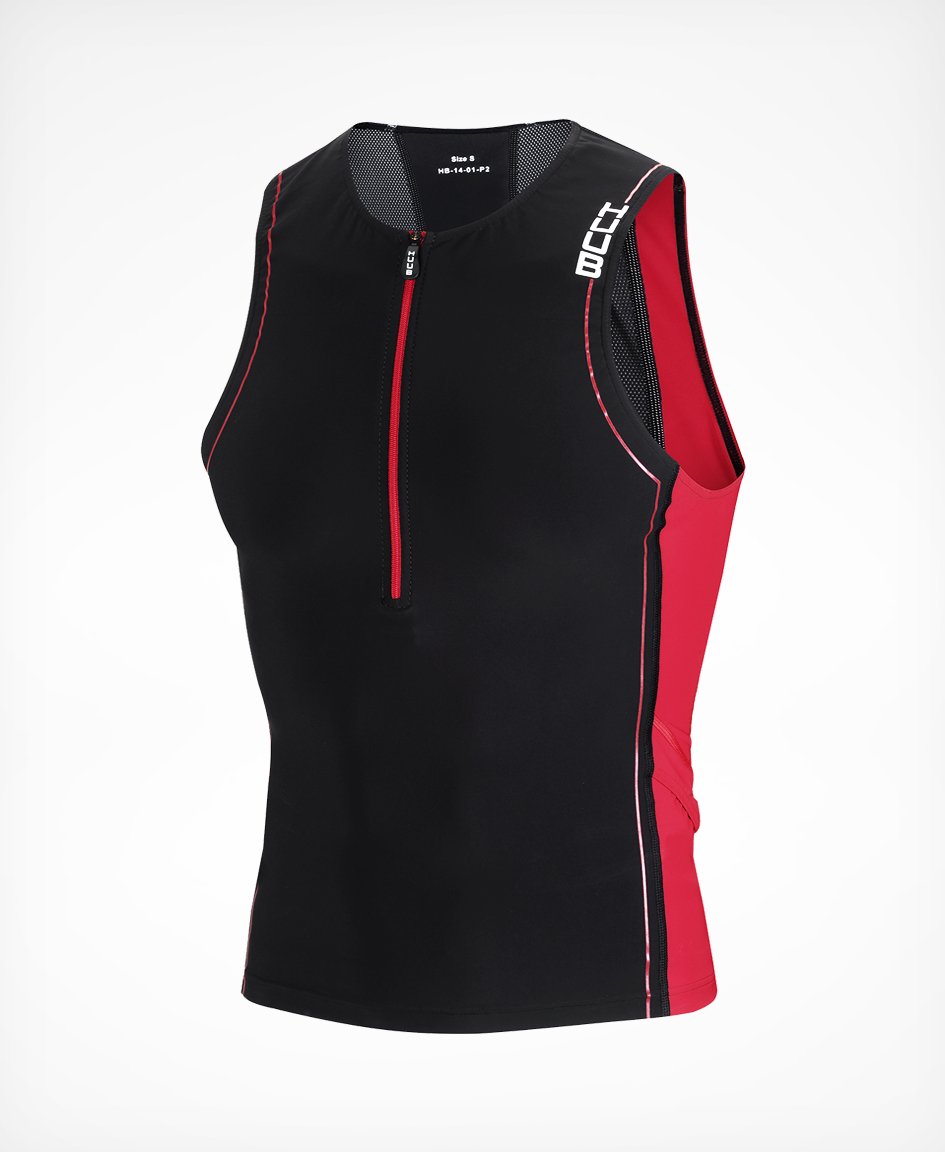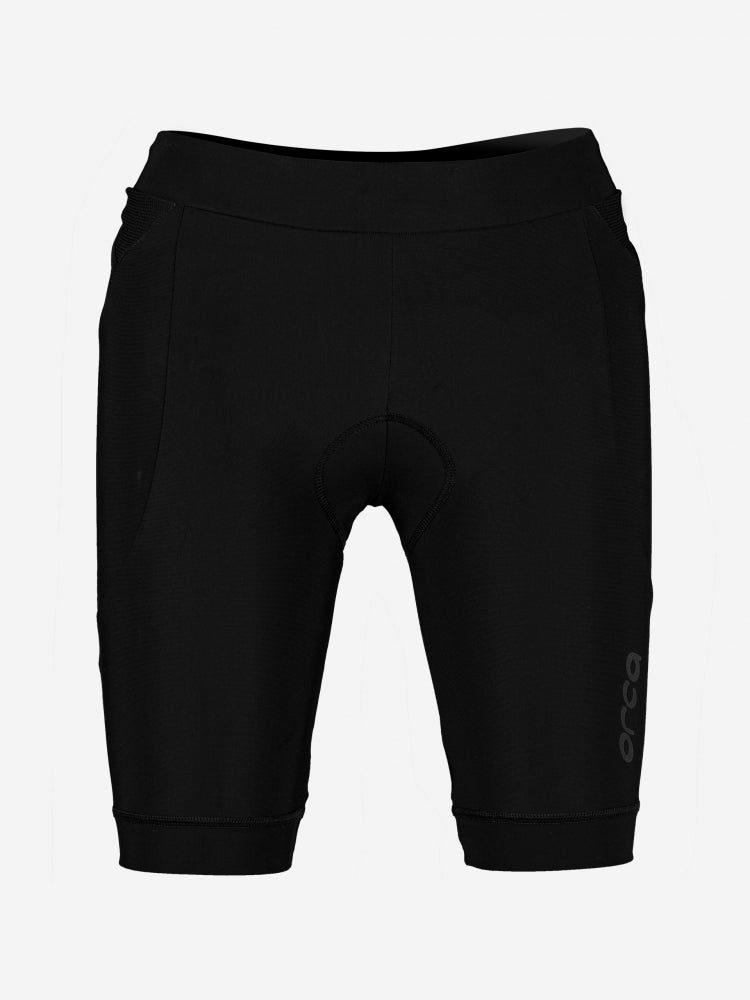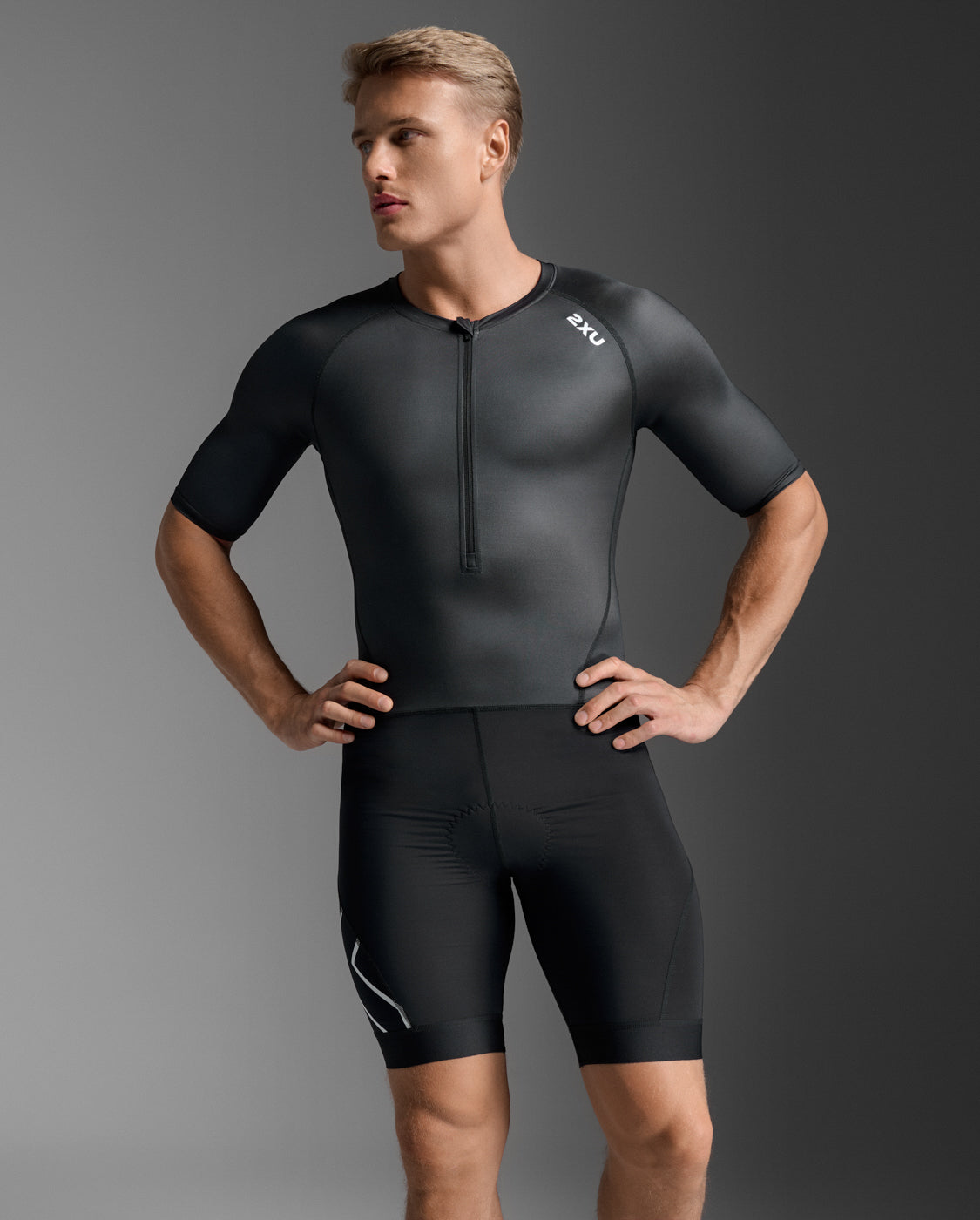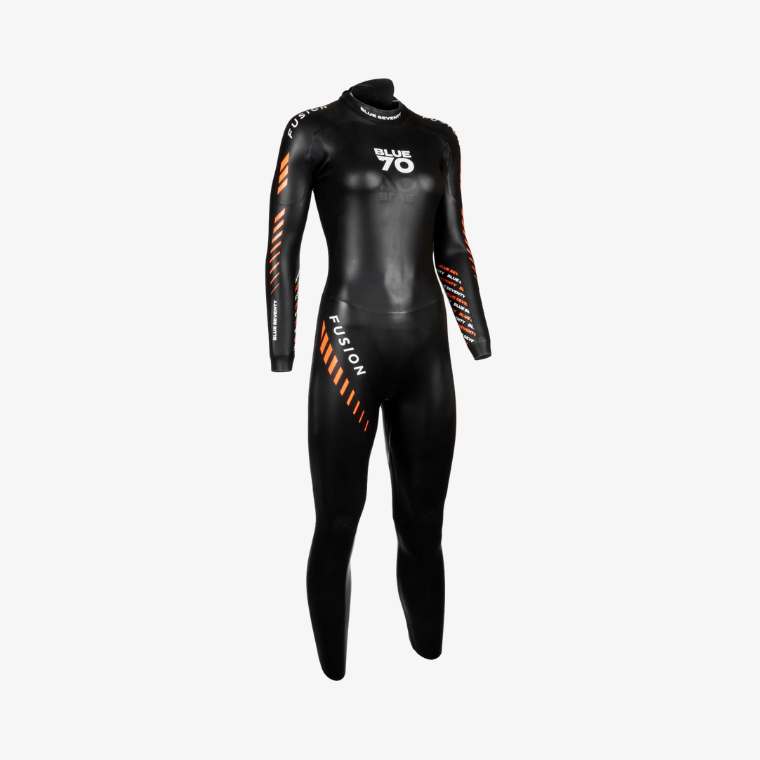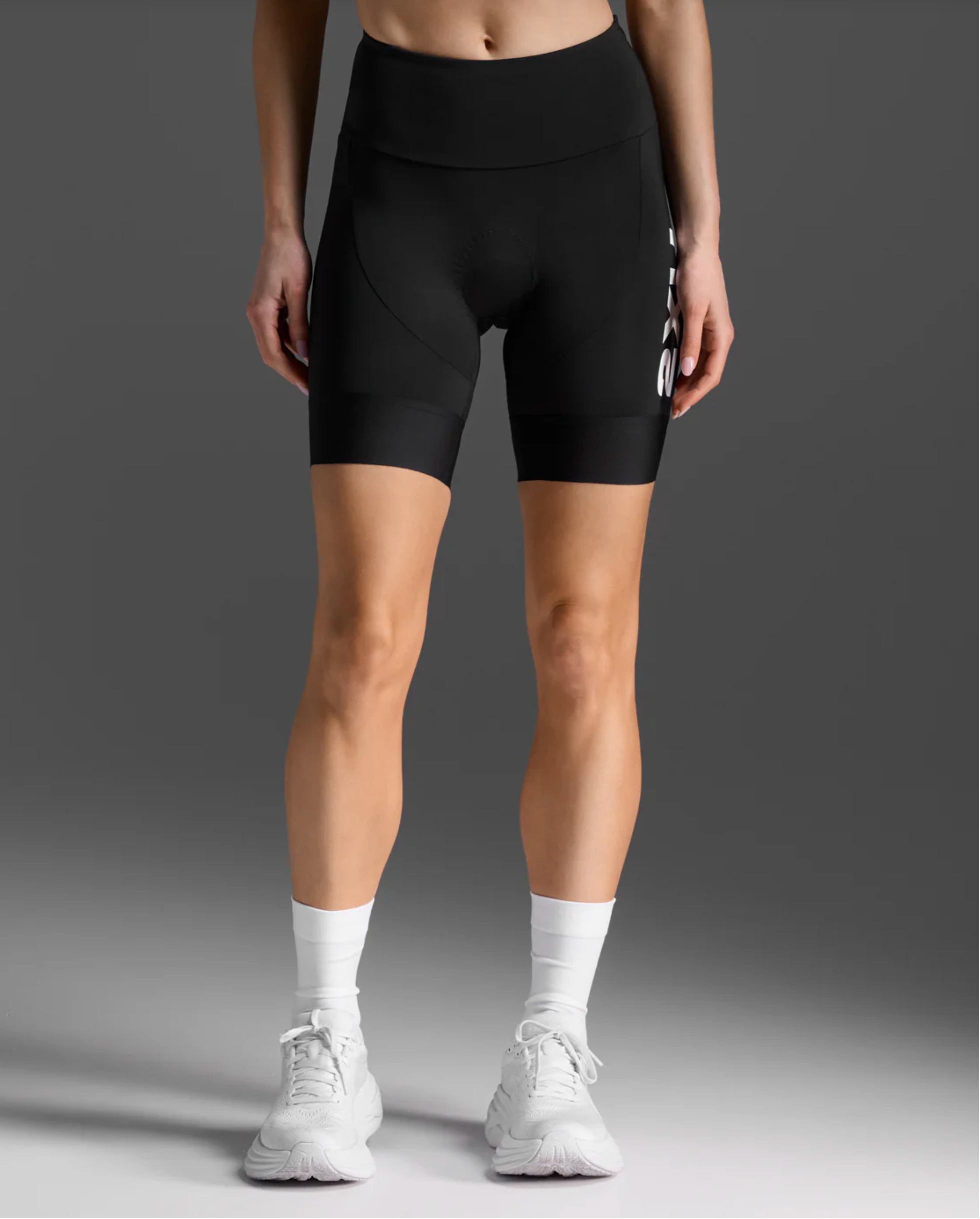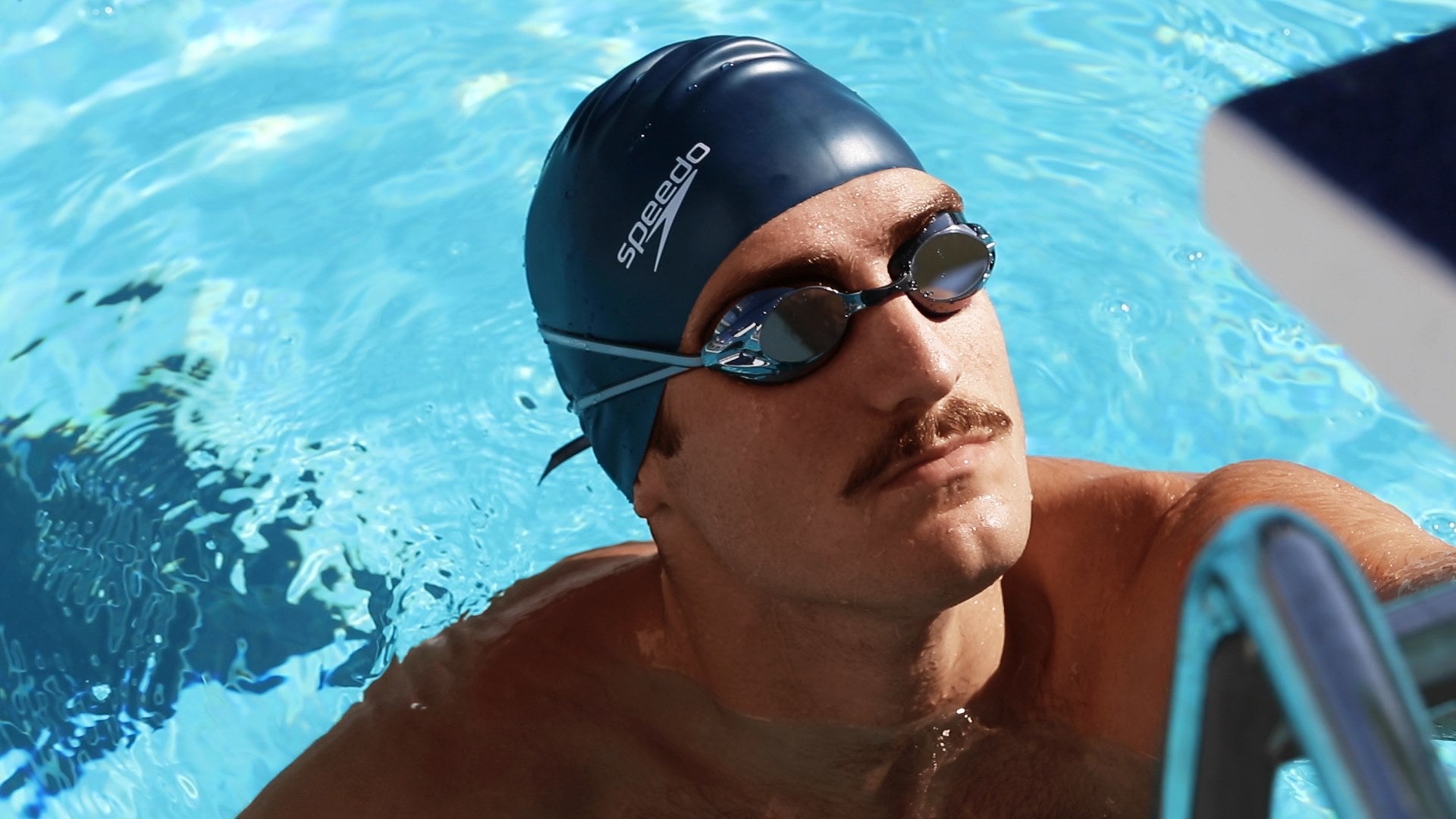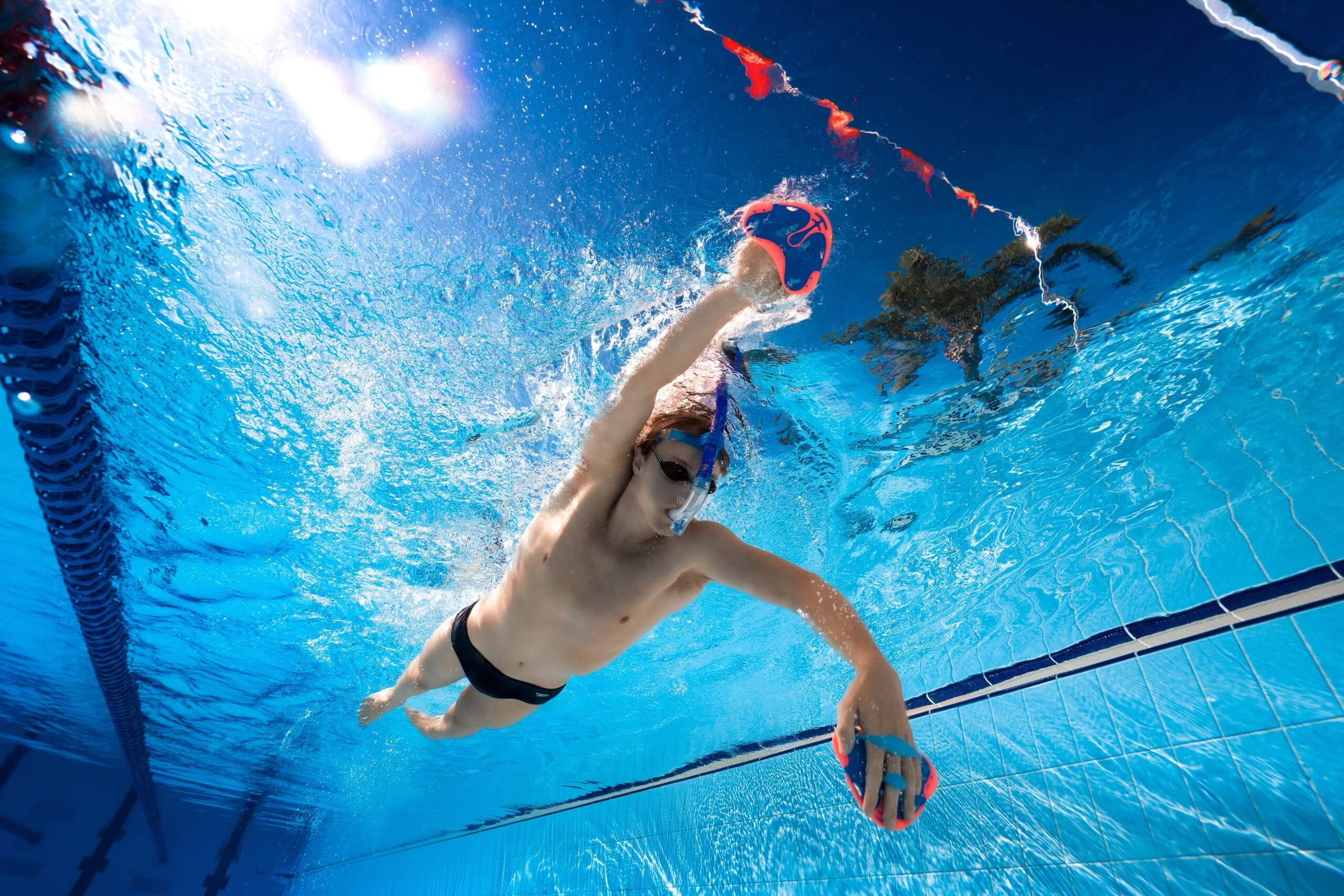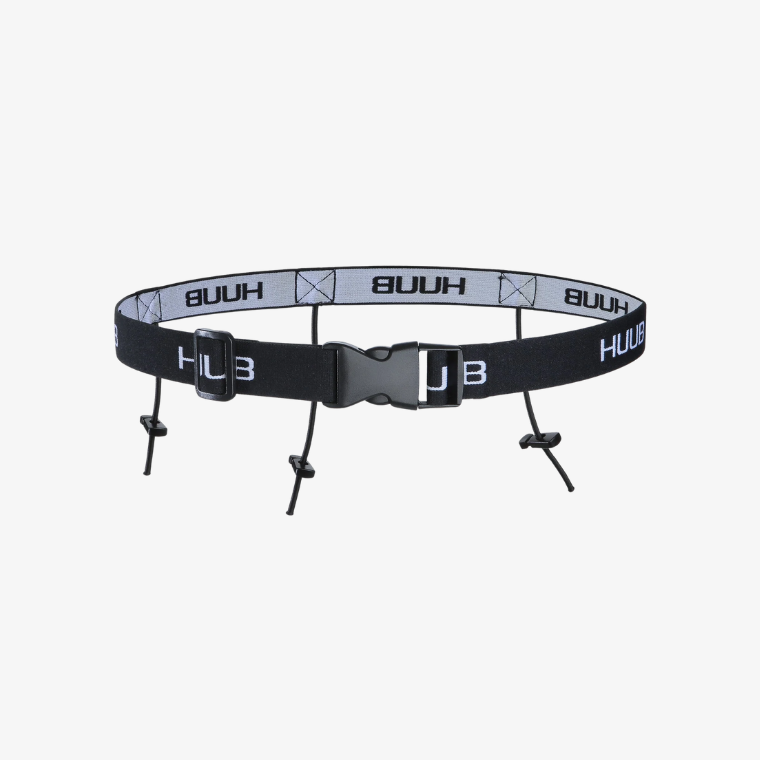Hey team, Oska here.
There is no doubt trail running/adventuring has seen an enormous uptake in participants over the last two years. With an amazing array of races, events, and tracks available to the public.
One piece of feedback we've had is there is little to no pressure on the trails. Time and pace become irrelevant and enjoyment, adventure, and companionship come to the front.
A hot topic as always has been what are the best trail shoes. I'll go out on a limb here and say there are no perfect trail running shoes. In-store we certainly have our favourites that help the majority of people. But of course, nothing is one size fits all. The single most important feature of any shoe is it fits. Length/Width and Volume.
To understand what trail shoes might work best we need to understand where you intend on spending most of your time. Unlike road shoes that are protecting you from a surface harder than bones and any potential flaws in foot function, Trail shoes in my eyes are protecting you from the environment you find yourself in. Whether that is surface, ascent or descent, potential sharp objects, low lying branches and the weather.
Unlike a road, trails have many variations. I like to split it into four categories.
Off-Road - Think gravel, well-formed and non-technical. You may benefit from a shoe that has some grip so the softer surface doesn't move out from under you. But most of the time a good road shoe would do the trick
Trail - This is a formed and maintained track, but has tree roots, mud, bigger rocks, tight corners and is often (but not exclusively) only wide enough for one person.
Off-Trail - No trail here, possibly markers spaced apart, but you are picking your line. It's backcountry adventuring. Shoes are put through the wringer and need to be solid and robust.
Above the snowline - this probably speaks for itself here. Not many of us can run up here. But when we did its scree, sharp low bushes and little to no path.
There are of course other things to think about. River Crossings, smooth rocks, wet boards and deep mud. With the incredible diversity we have in trails around Christchurch no one shoe is going to do everything amazing. But some will do most things well. If you are getting specific we can talk about that too.
If we can understand the surfaces we will find ourselves on the most, we can match that with the shoes that offer those features.
Let's talk about grip. It comes in three forms. Firm deep, carbonized rubber lugs spaced apart for biting into the mud, (Think Salomon Speedcross as a good example) and softer blown rubber, lower lugs and probably more of them covering the outsole for ground contact. Companies like Vibram and Michilien are good examples of rubber manufacturers shoe companies use. Brands will also change the angle and placement of the lugs in the forefoot or heel for going up and down. The third is a mixture of both. 4-6mm lugs made of blown rubber that will do a good job on most surfaces. But run the risk of becoming unstable on a hard wet surface. But I'm talking the 2% stuff now.
Let's talk midsoles. The engine of the shoe provides most of the comfort and stability. Midsole height is always a factor in choosing a good shoe. Depending on whether you run technical narrow trails or not. Ground feel is important for unstable surfaces, brands have countered this by using things like a kevlar weave in the forefoot to help with sharp rocks and bone bruising. We'll also take in to account previous injuries and how stable you are through your gait. It's my personal opinion most shoes have got too soft, and there has to be a happy medium between comfort (in softness) and stability (in firmness).
The upper becomes more important the more difficult the terrain. Road shoes have a lightweight, flexible and breathable mesh that moulds to the foot. But will offer no protection from lateral movements, sharp objects and kicking hard rocks. Looks for shoes with some sort of rand, whether it's moulded TPU, Rubber or leather overlays. This will help the shoe and your feet stay in one piece. As well as offer more sideways movement stability.
So when you are ready to pick your next pair of trail shoes, come on down and have a chat. Over the winter it is a great time to invest in a pair. Stay active and make those road shoes last a little bit longer than they normally would.
- ABOUT US
- SALE
MENS
WOMENS
- SPIKES
ACCESSORIES
- GIFT CARD
- ONLINE ORDER RETURNS
- BOOK APPOINTMENT
Drawer Title
- Choosing a selection results in a full page refresh.
